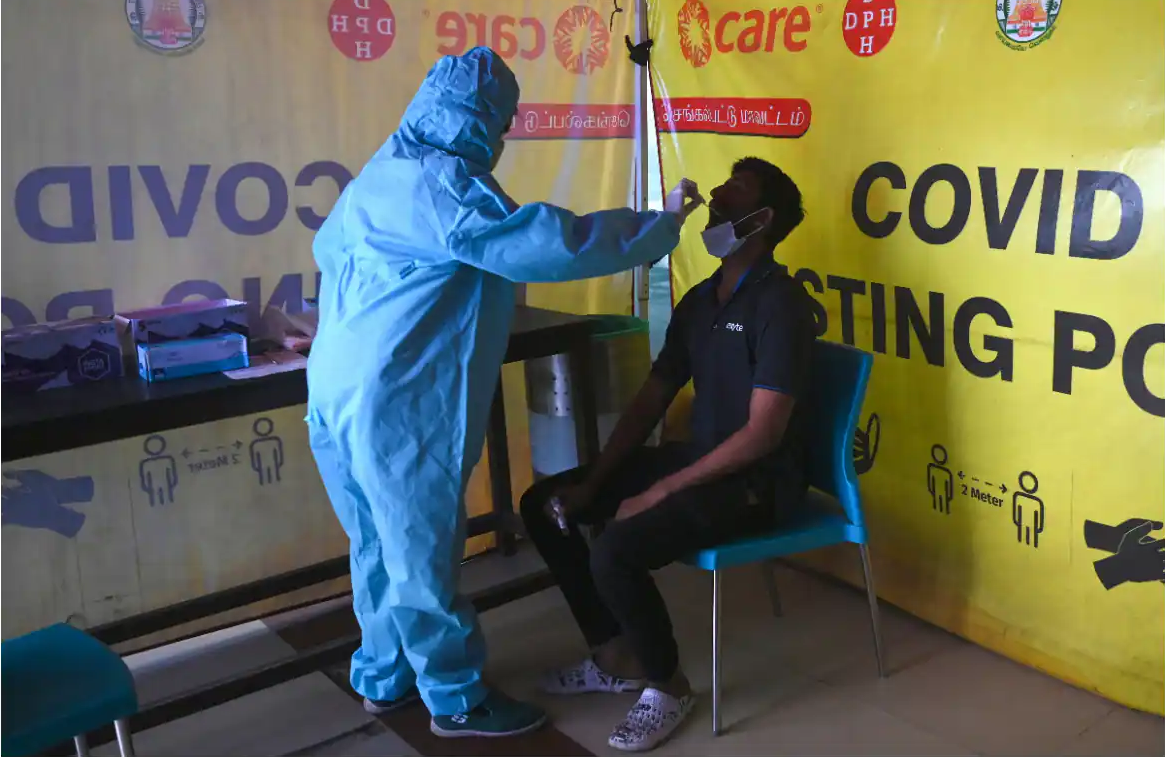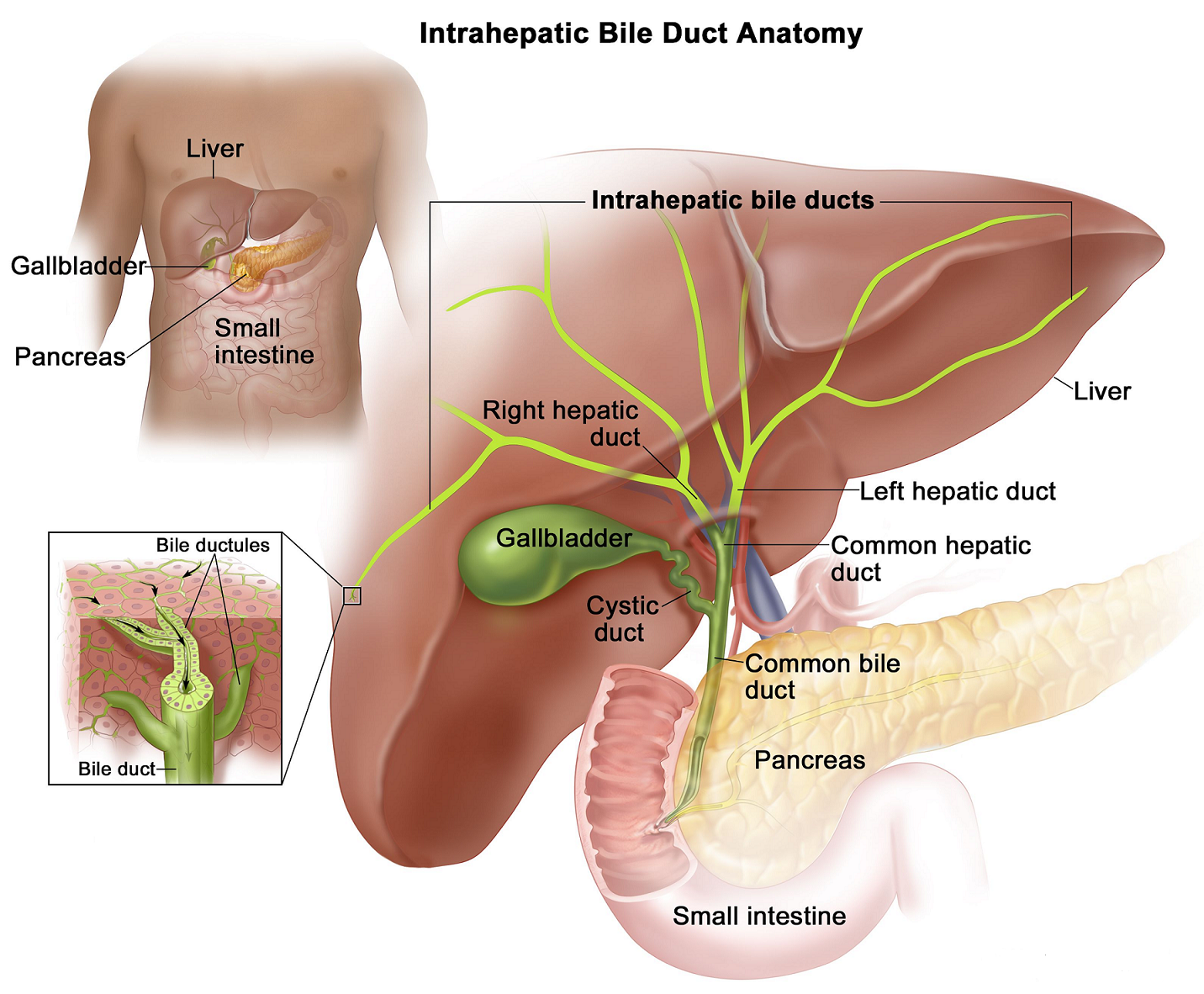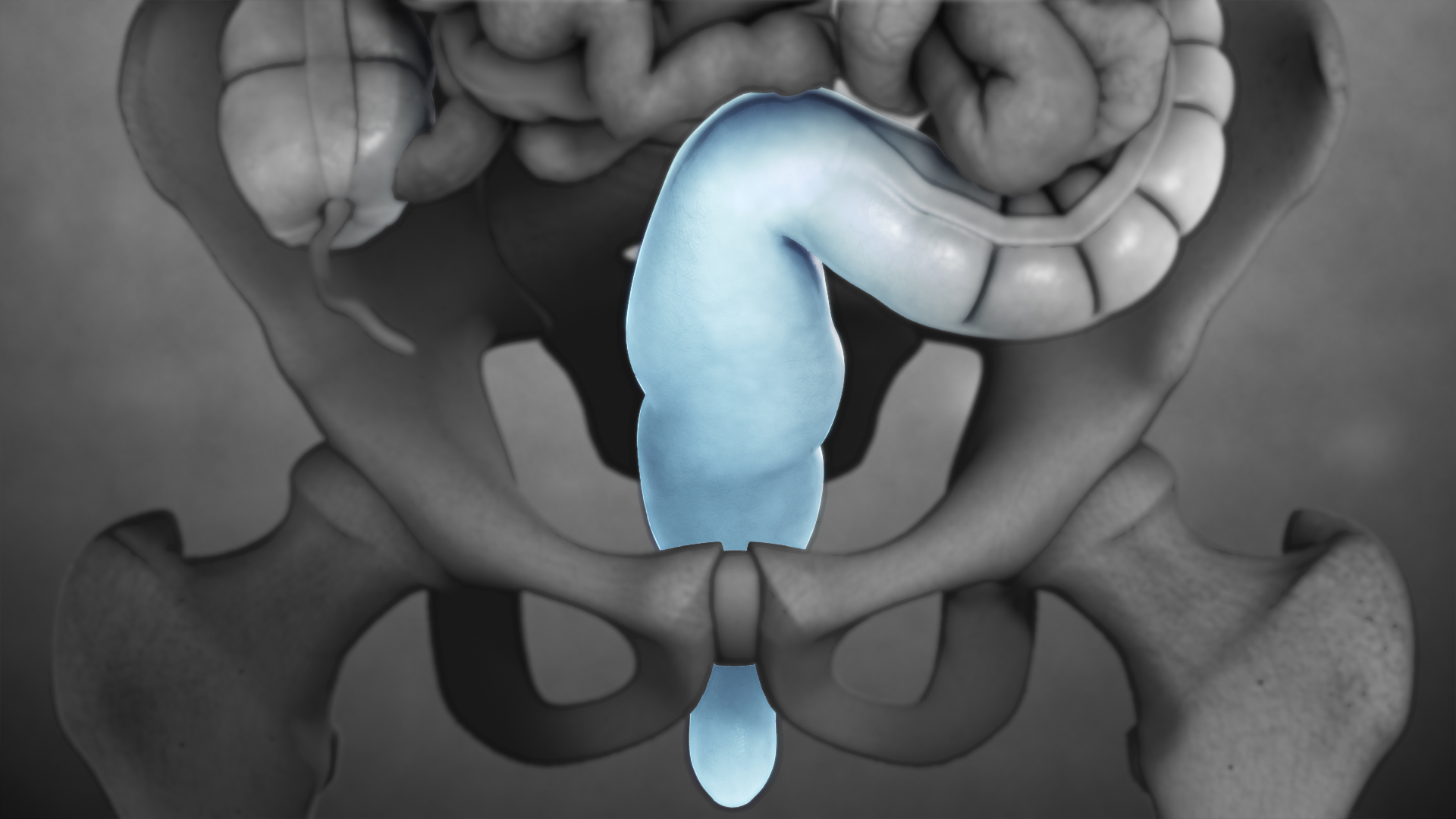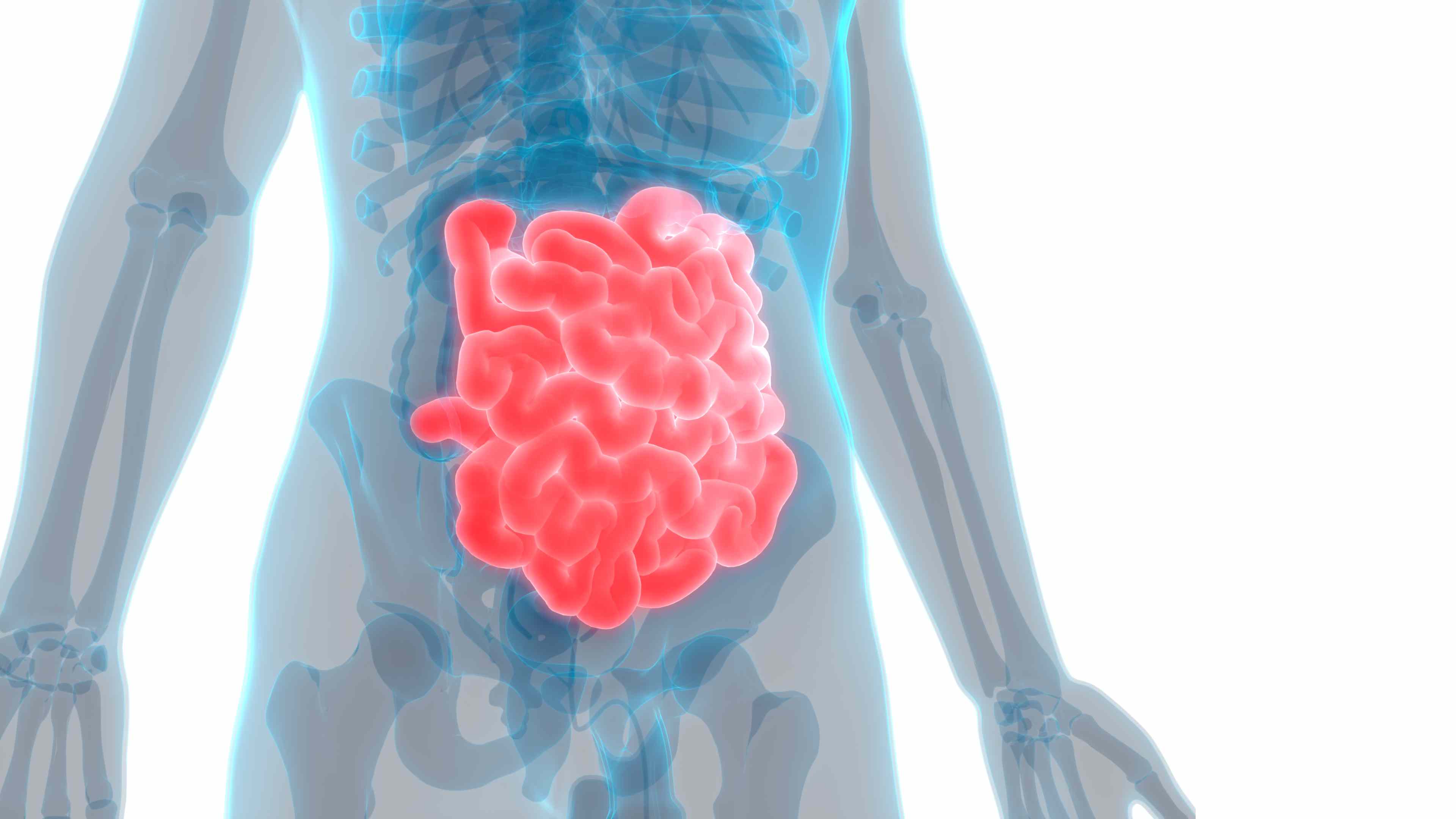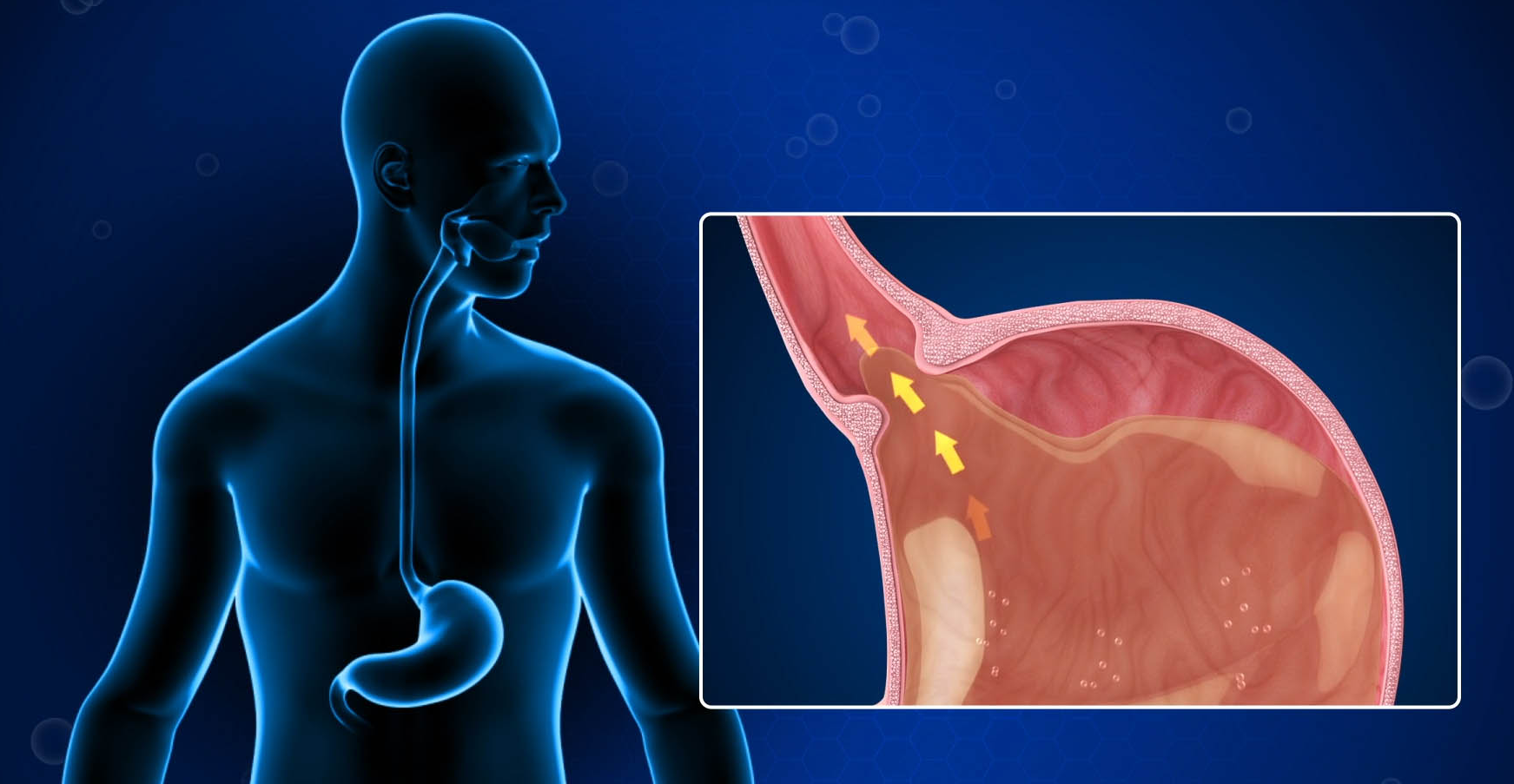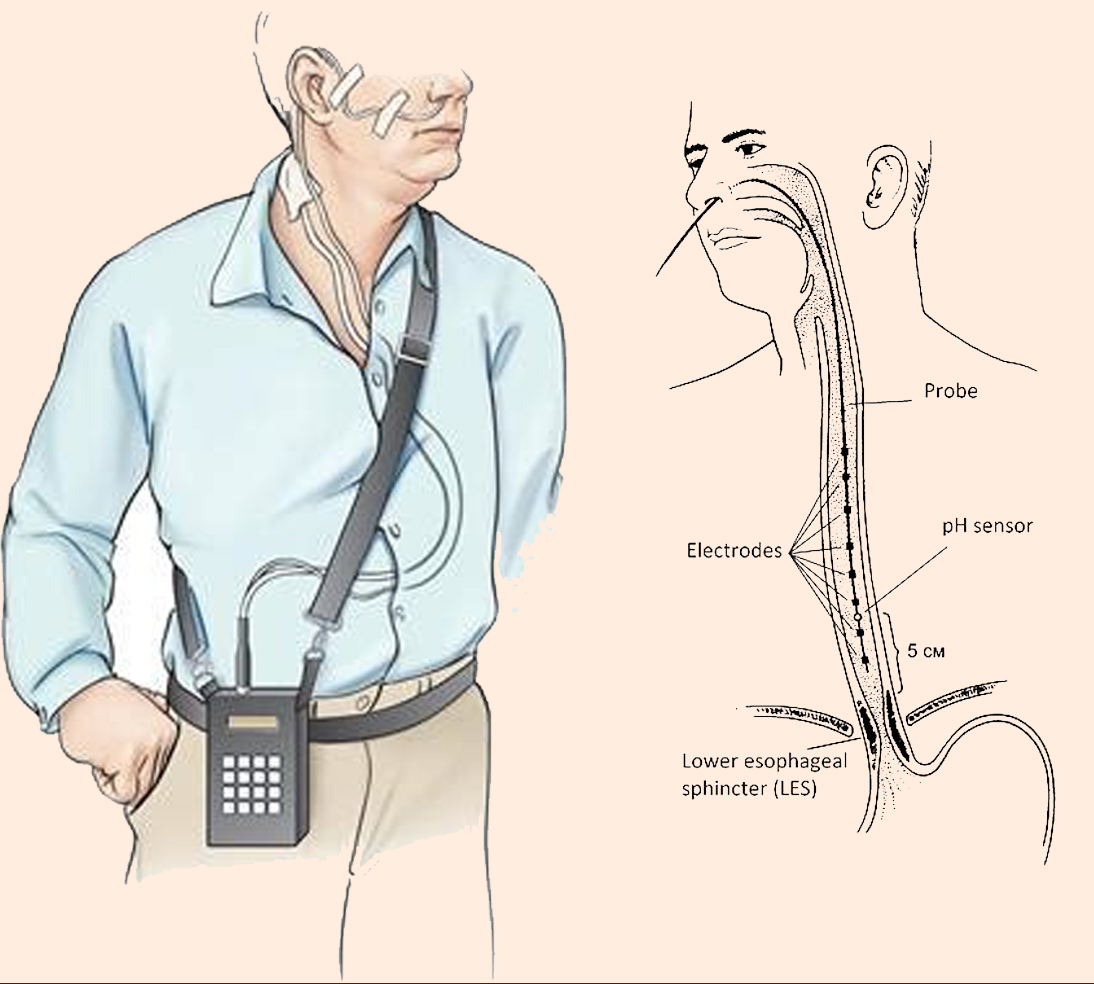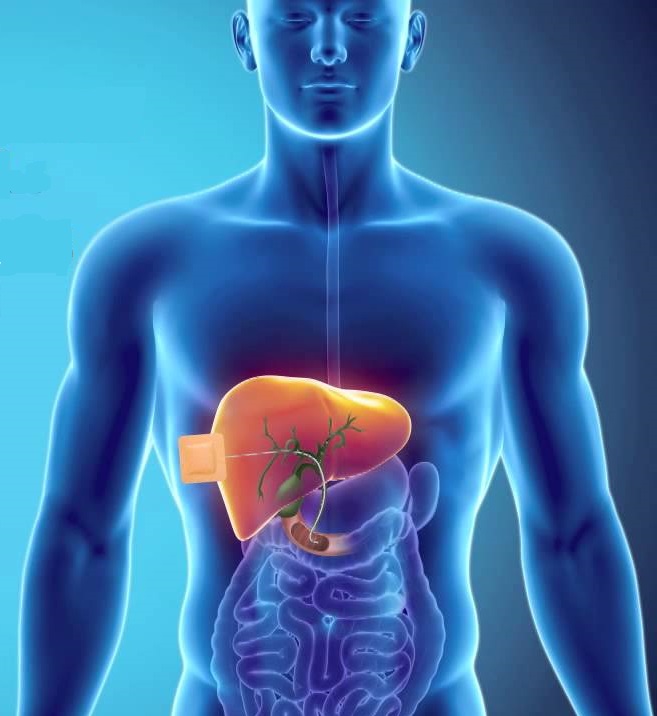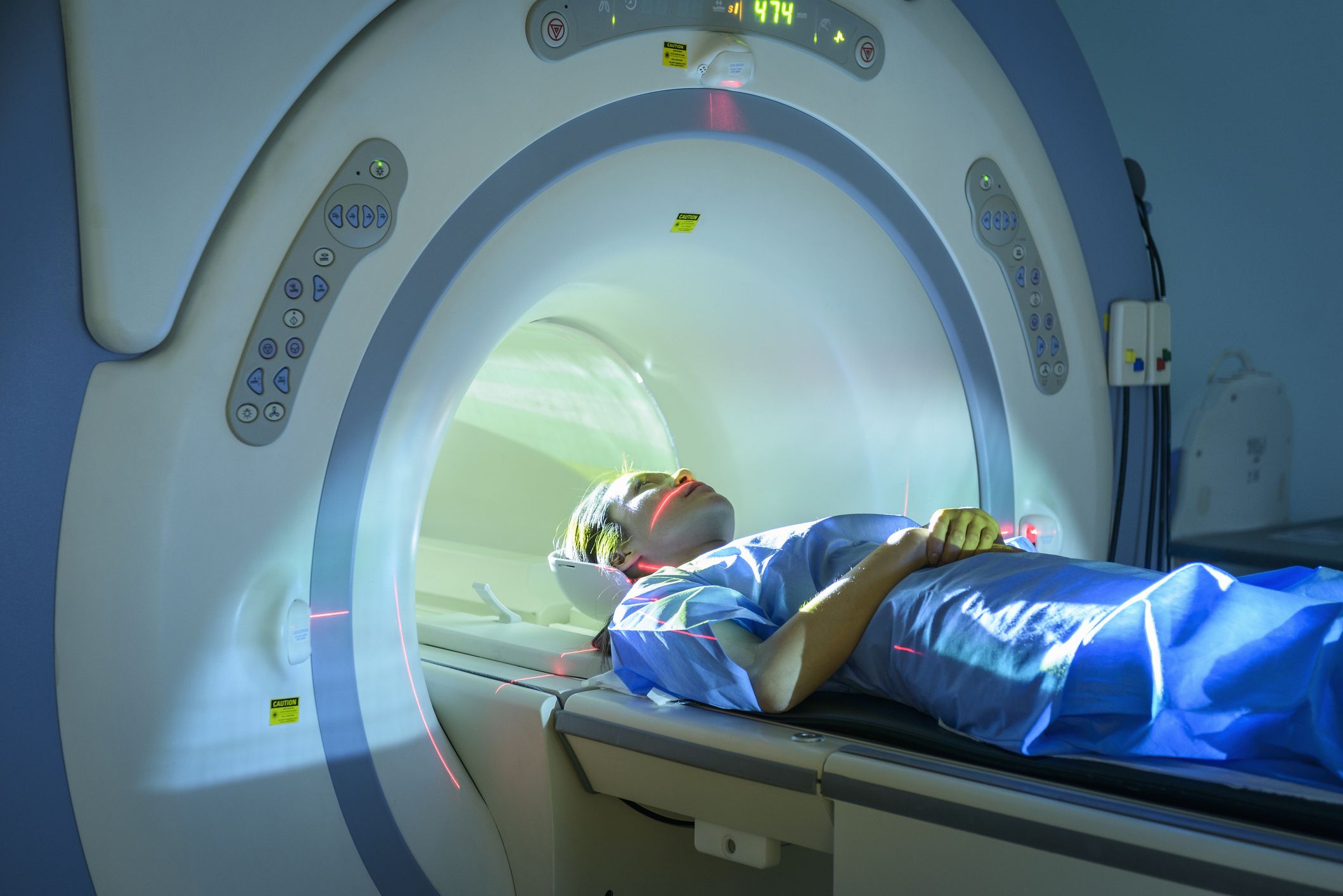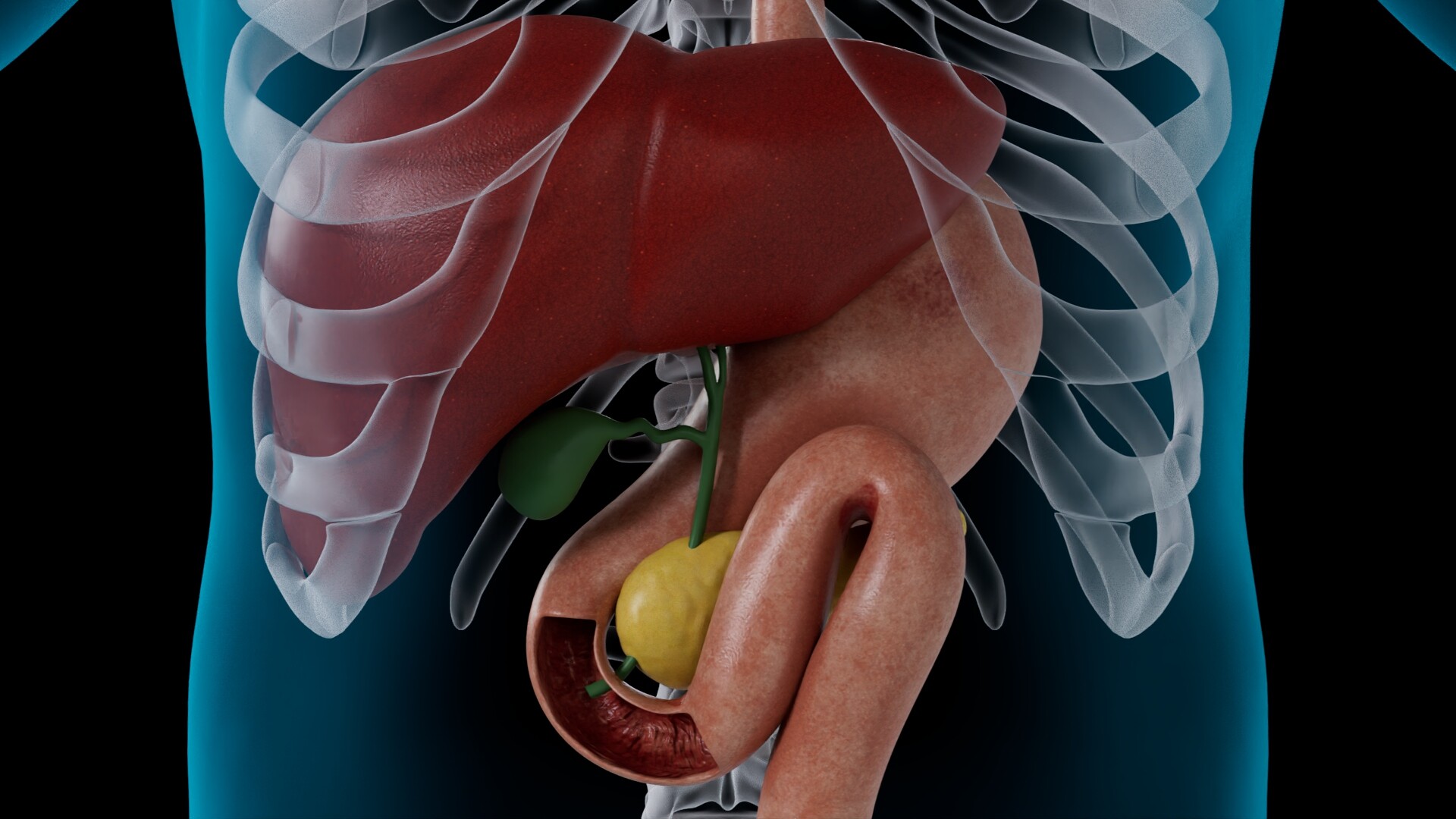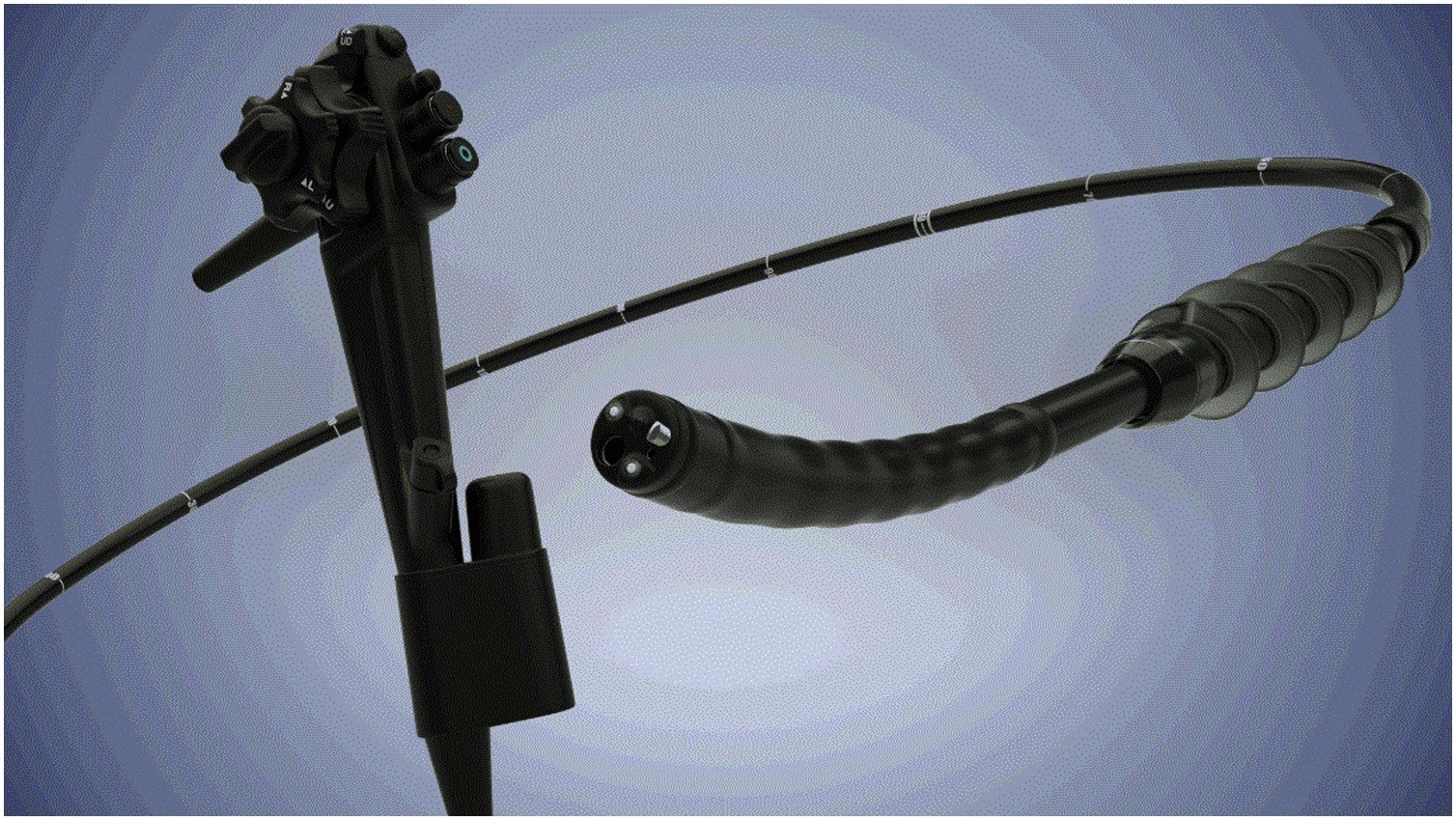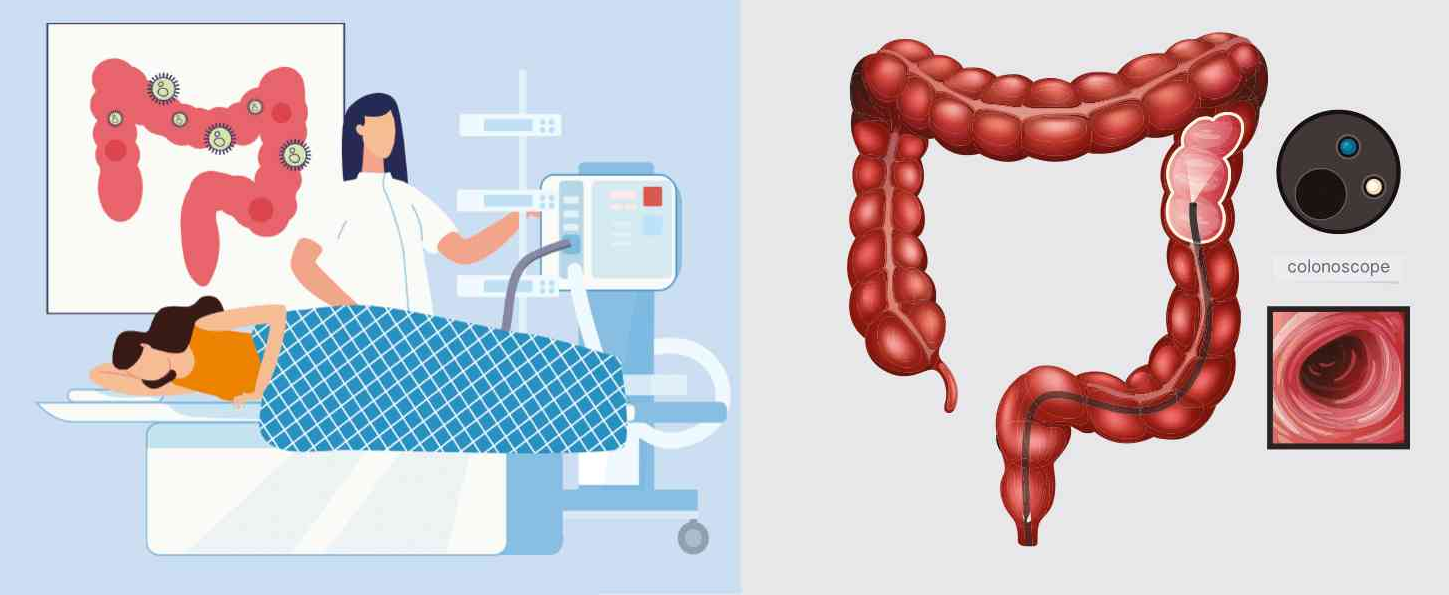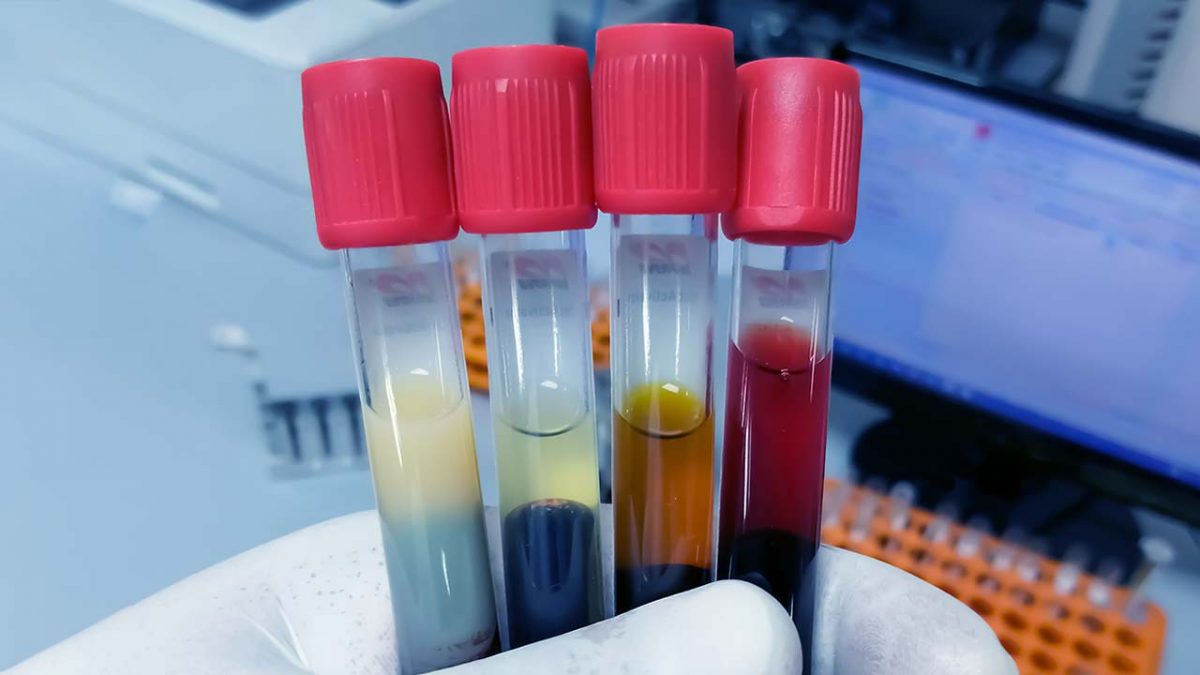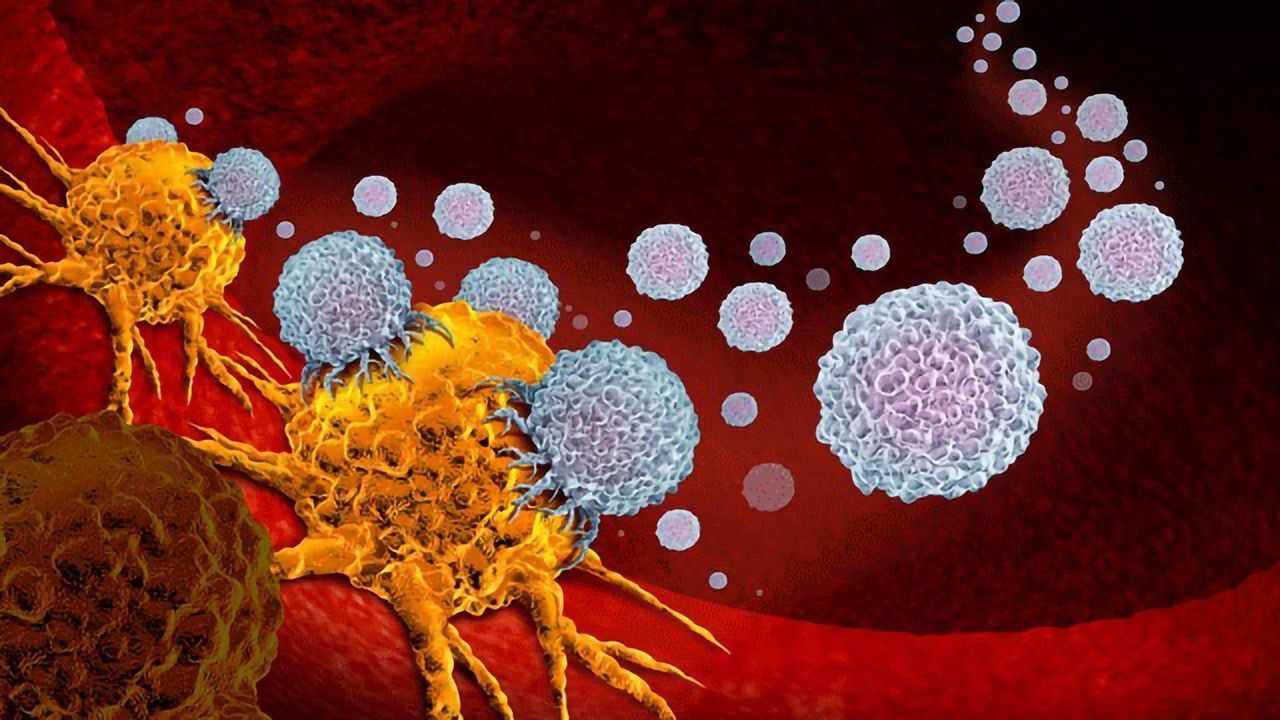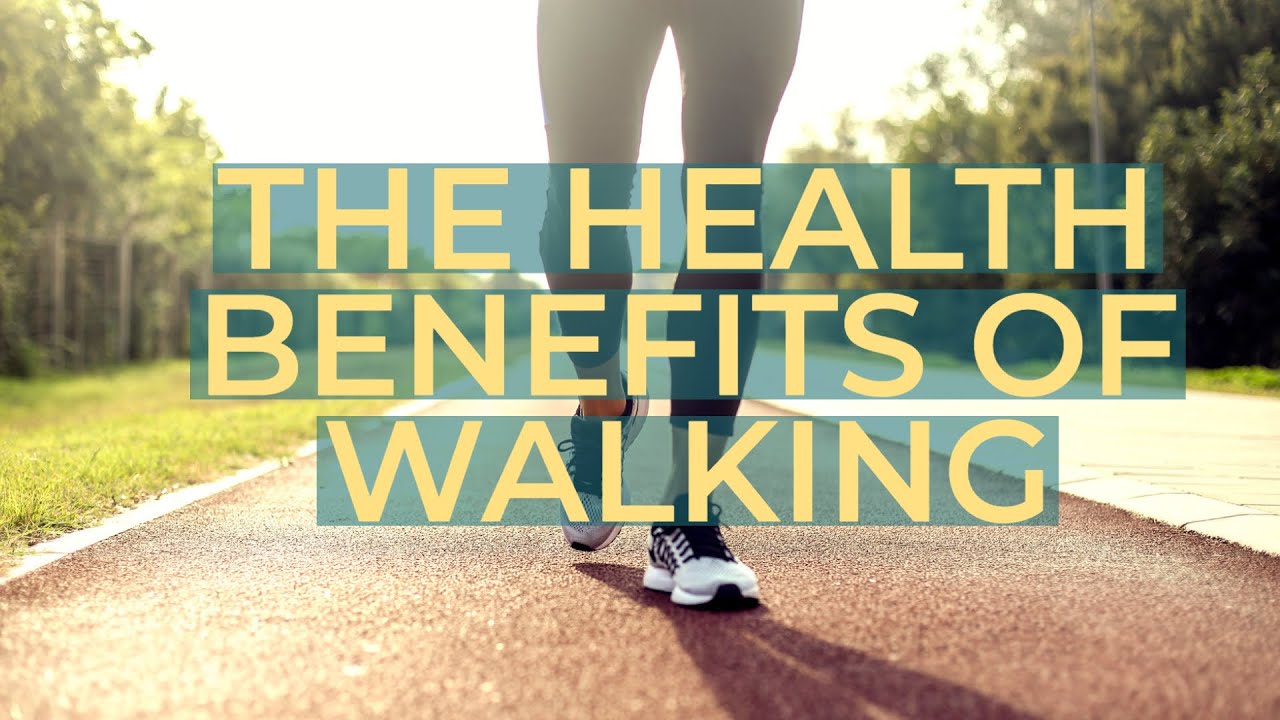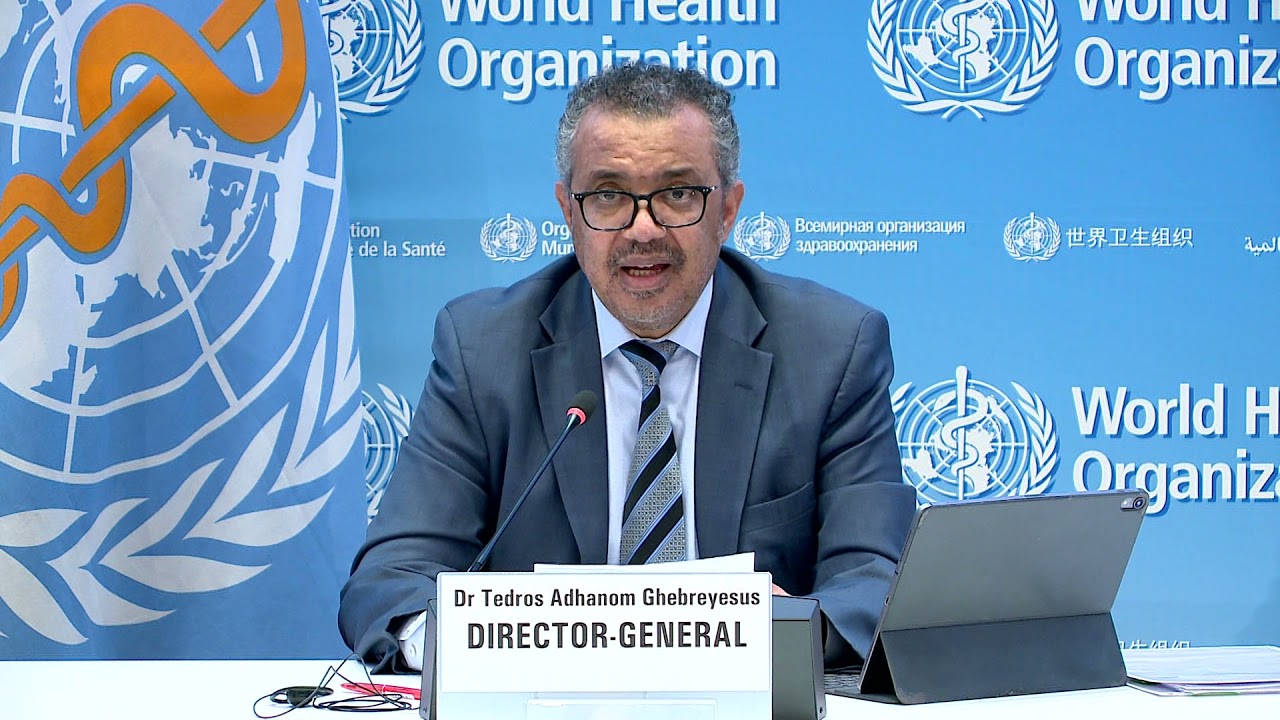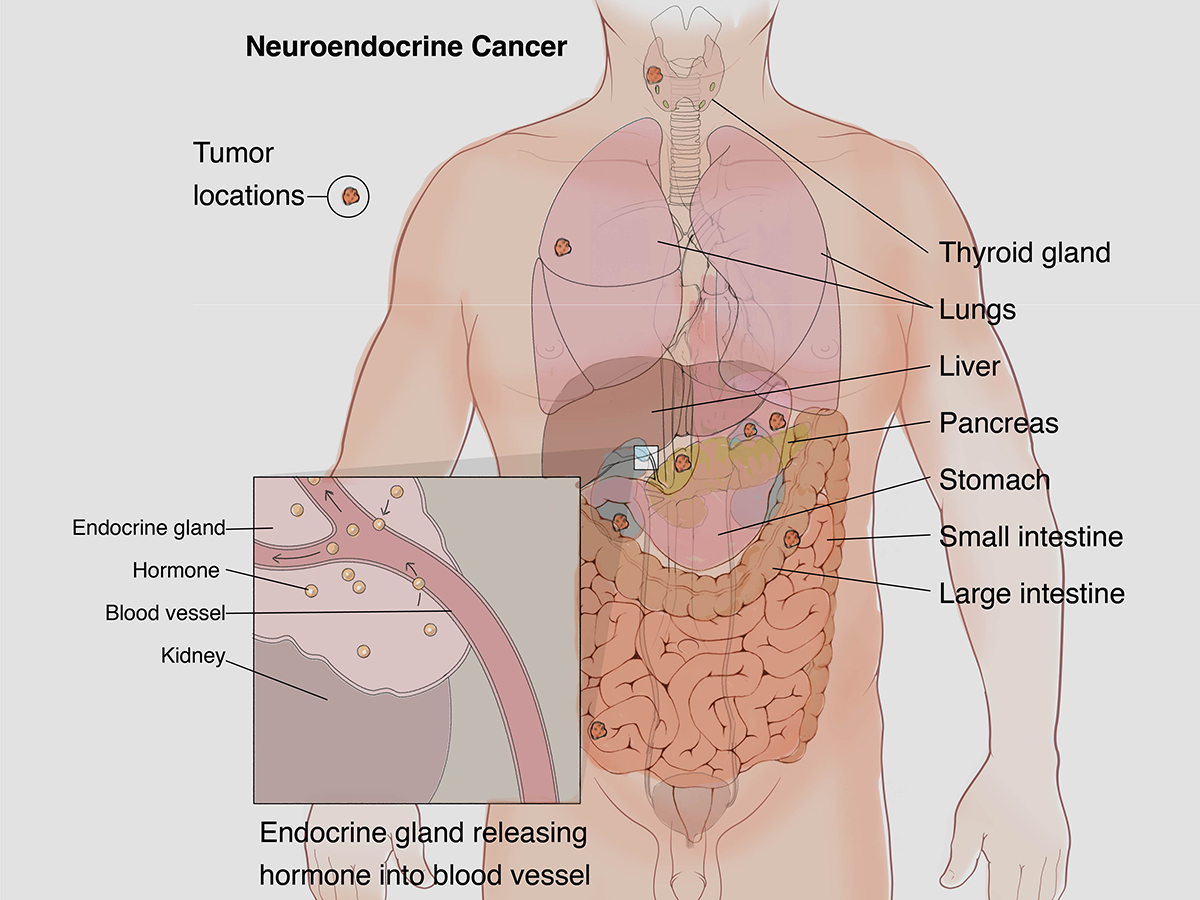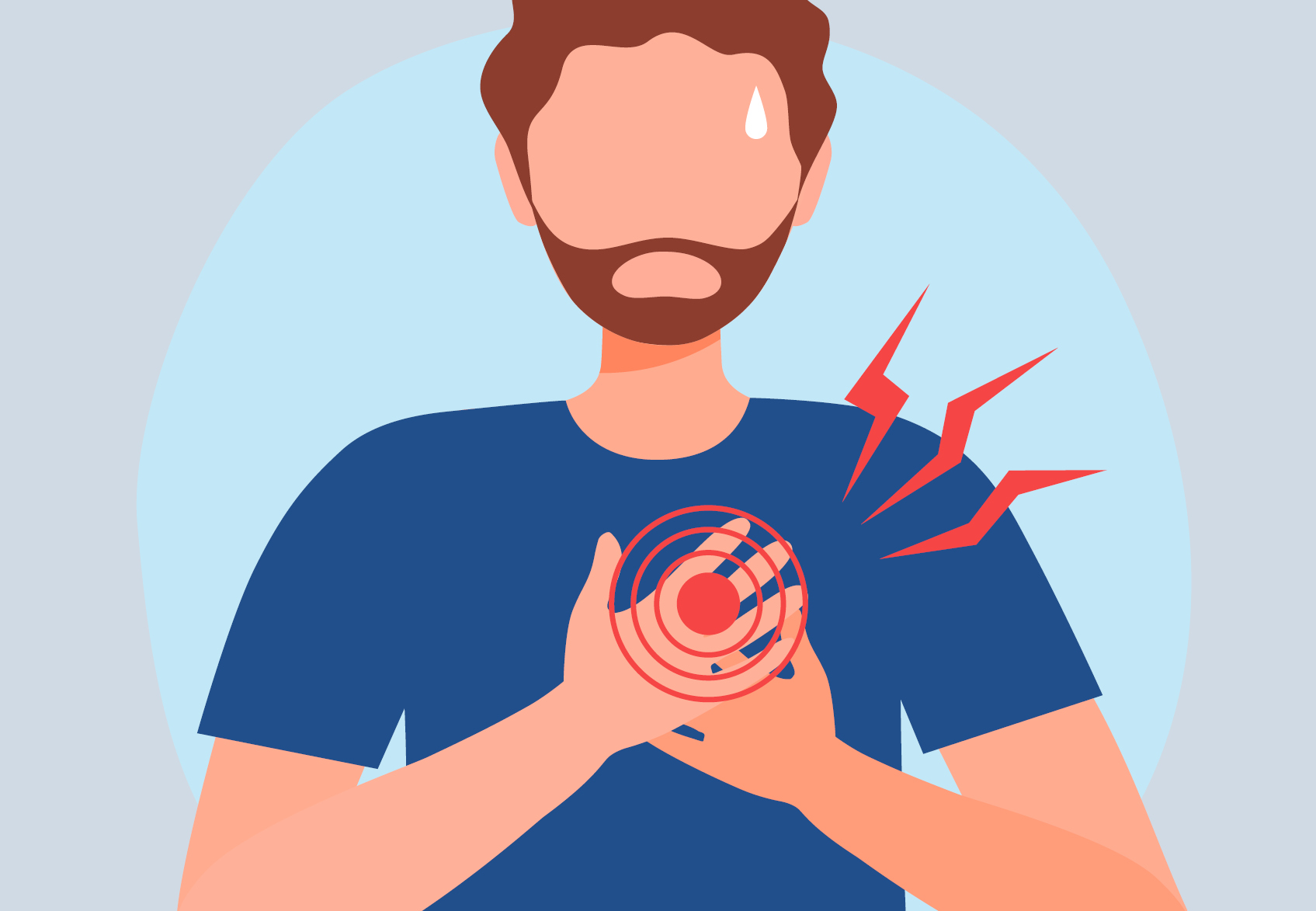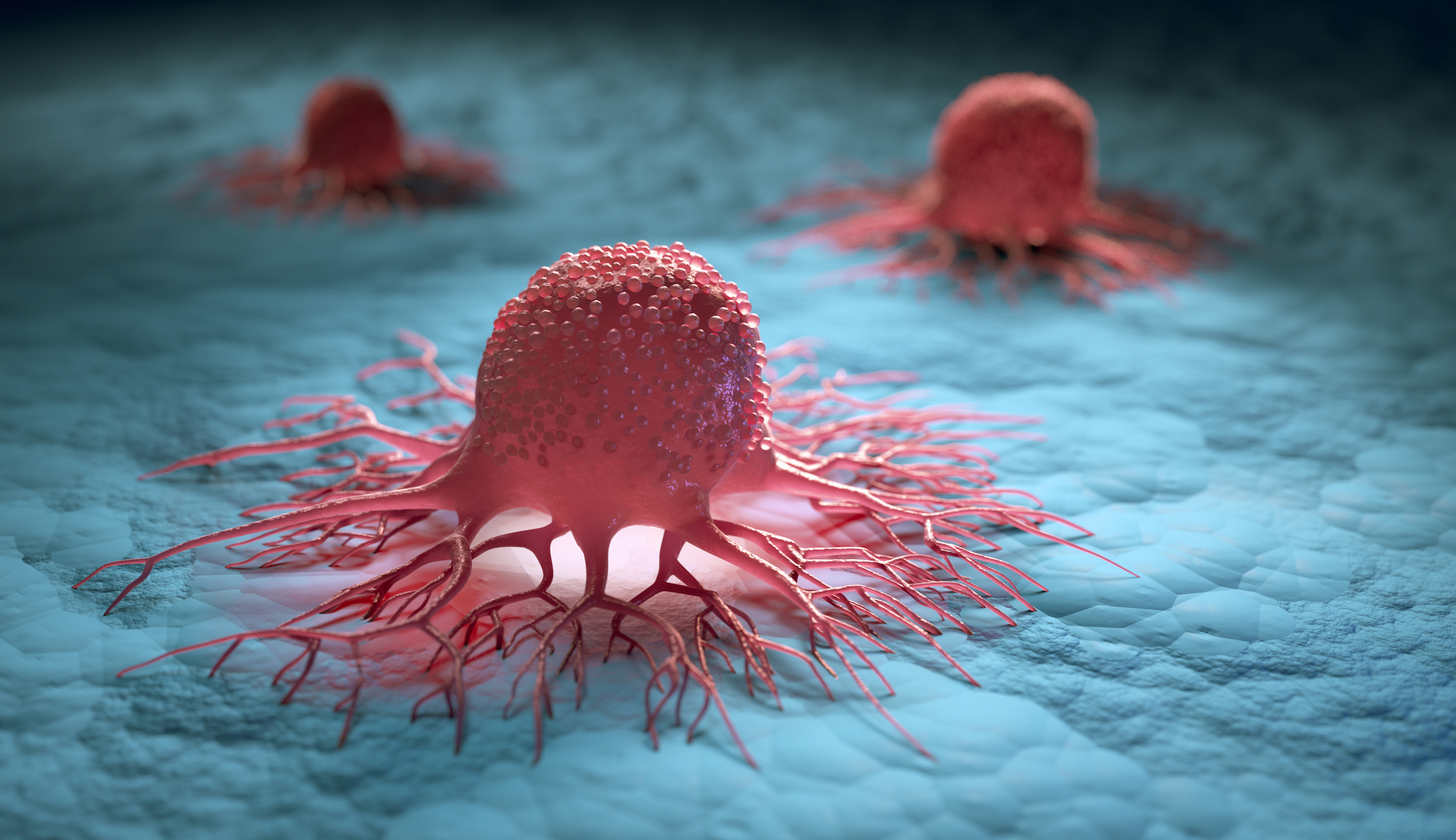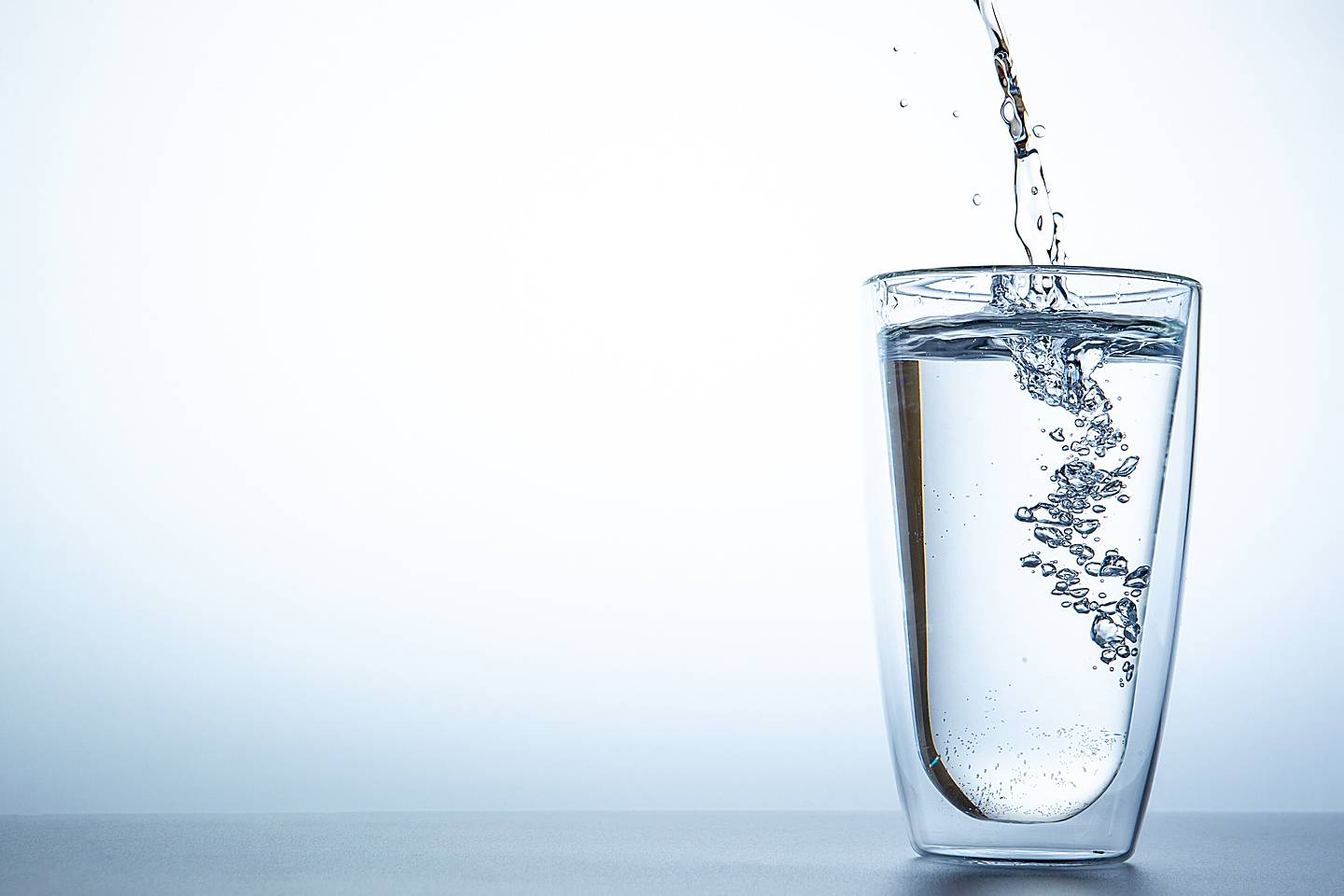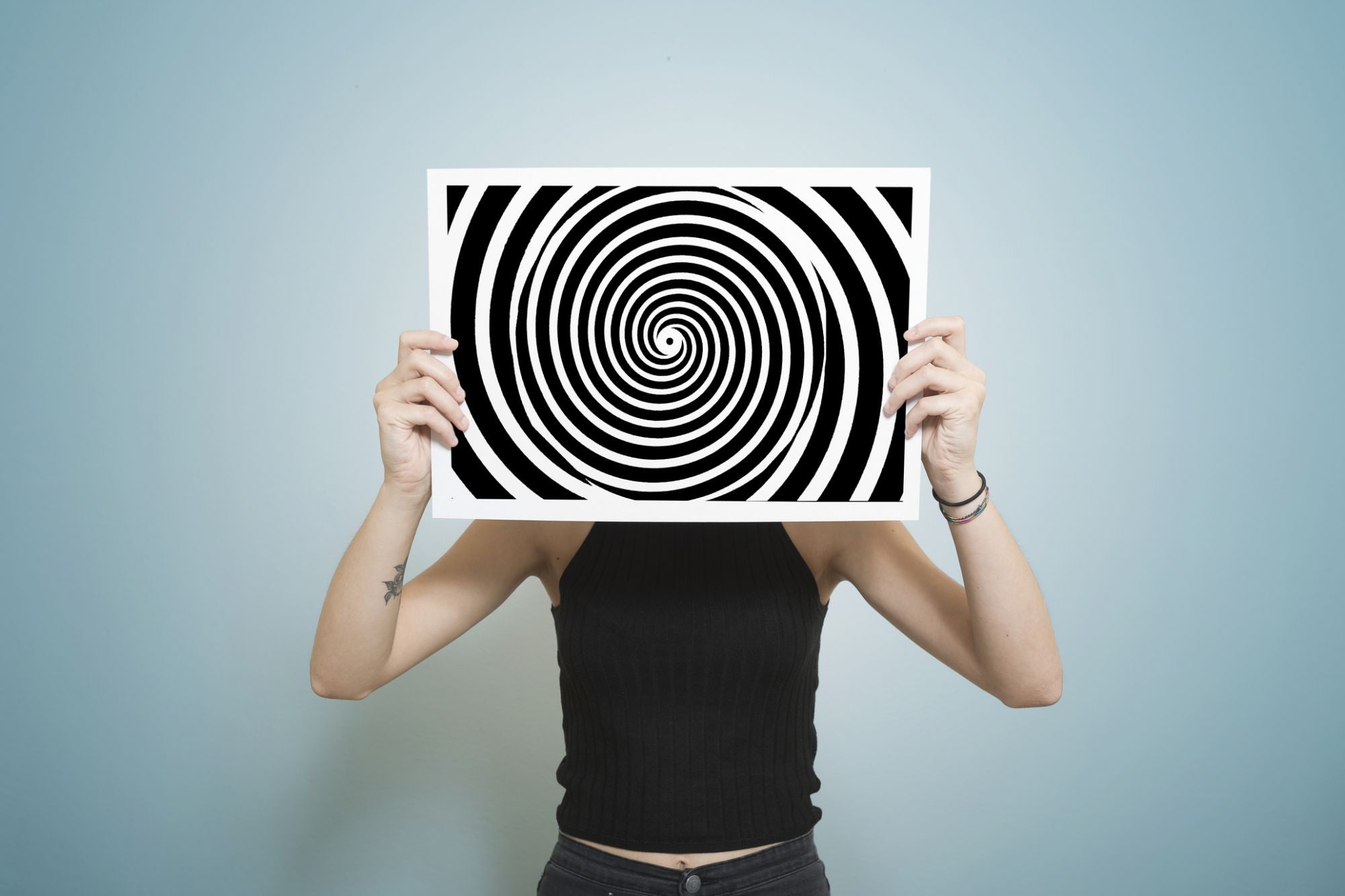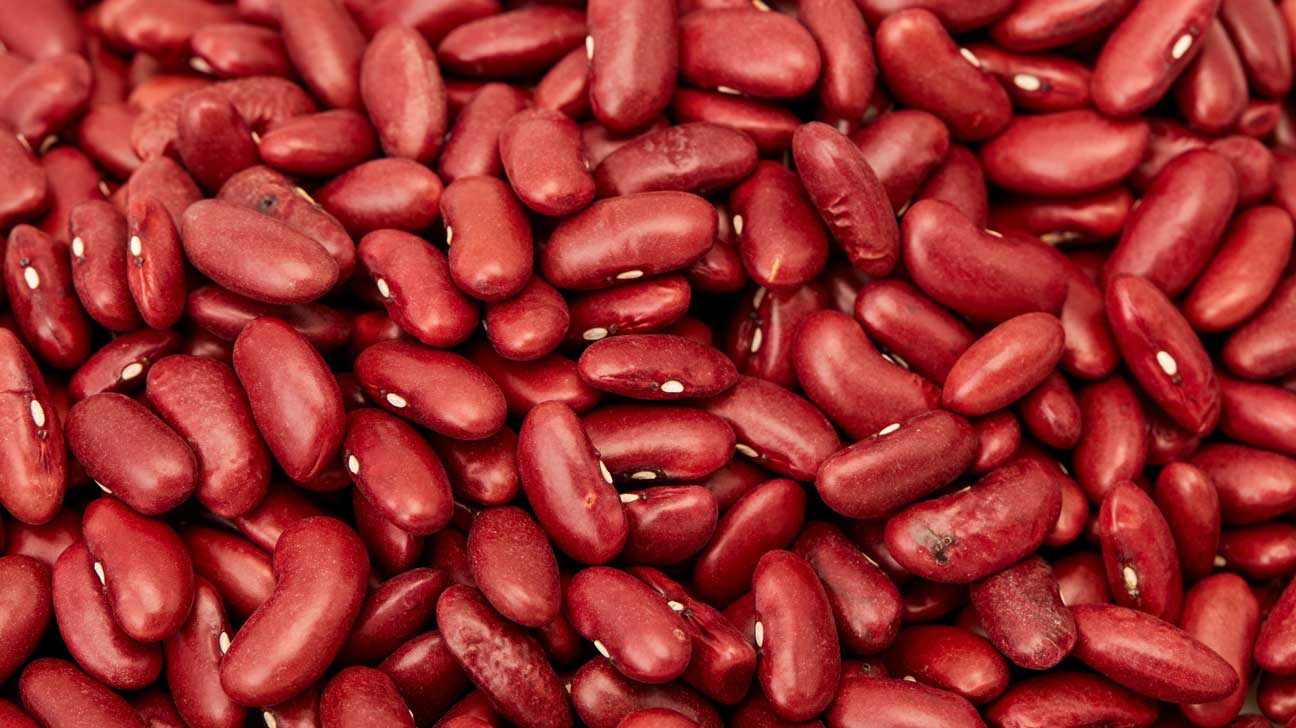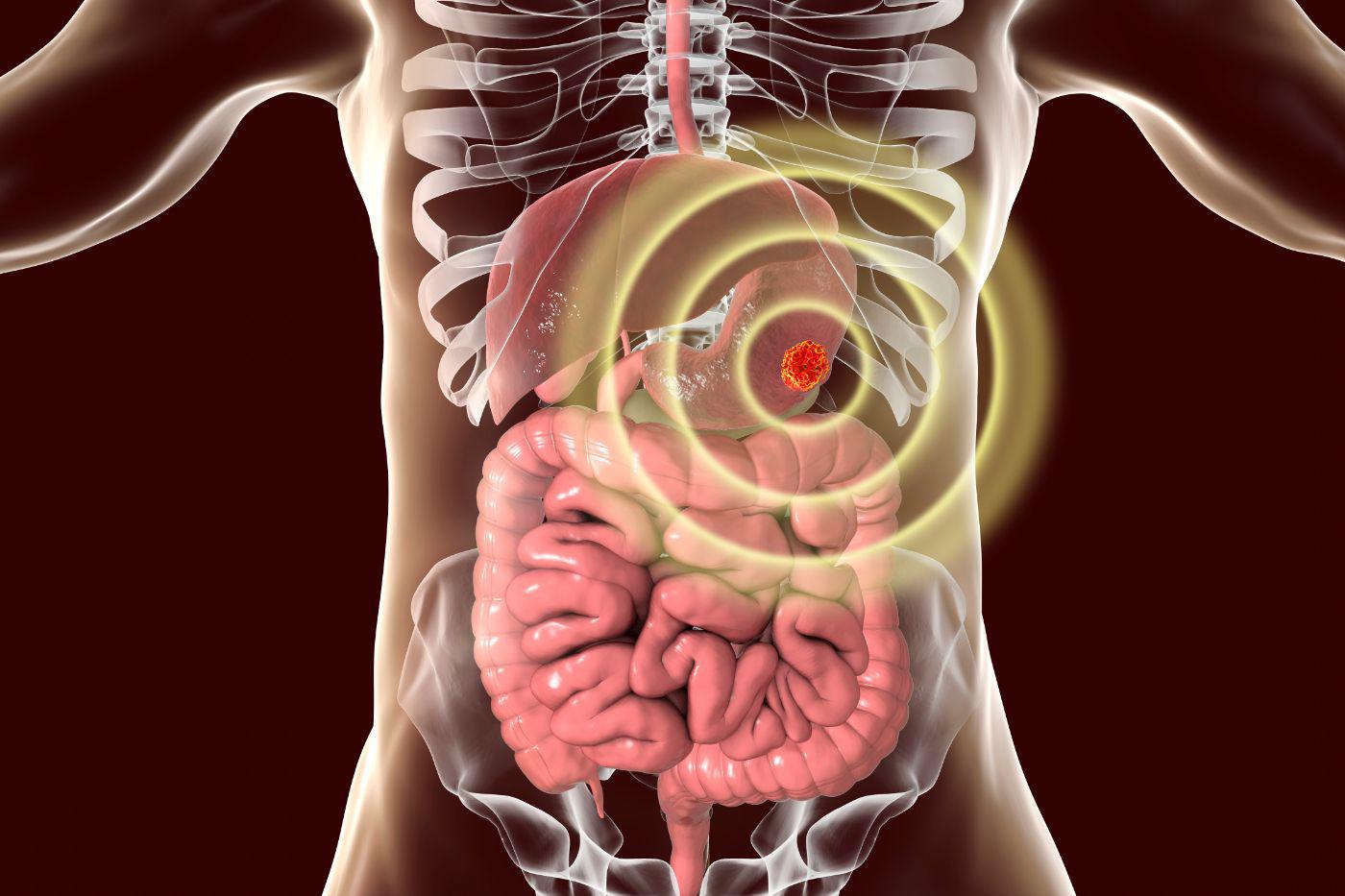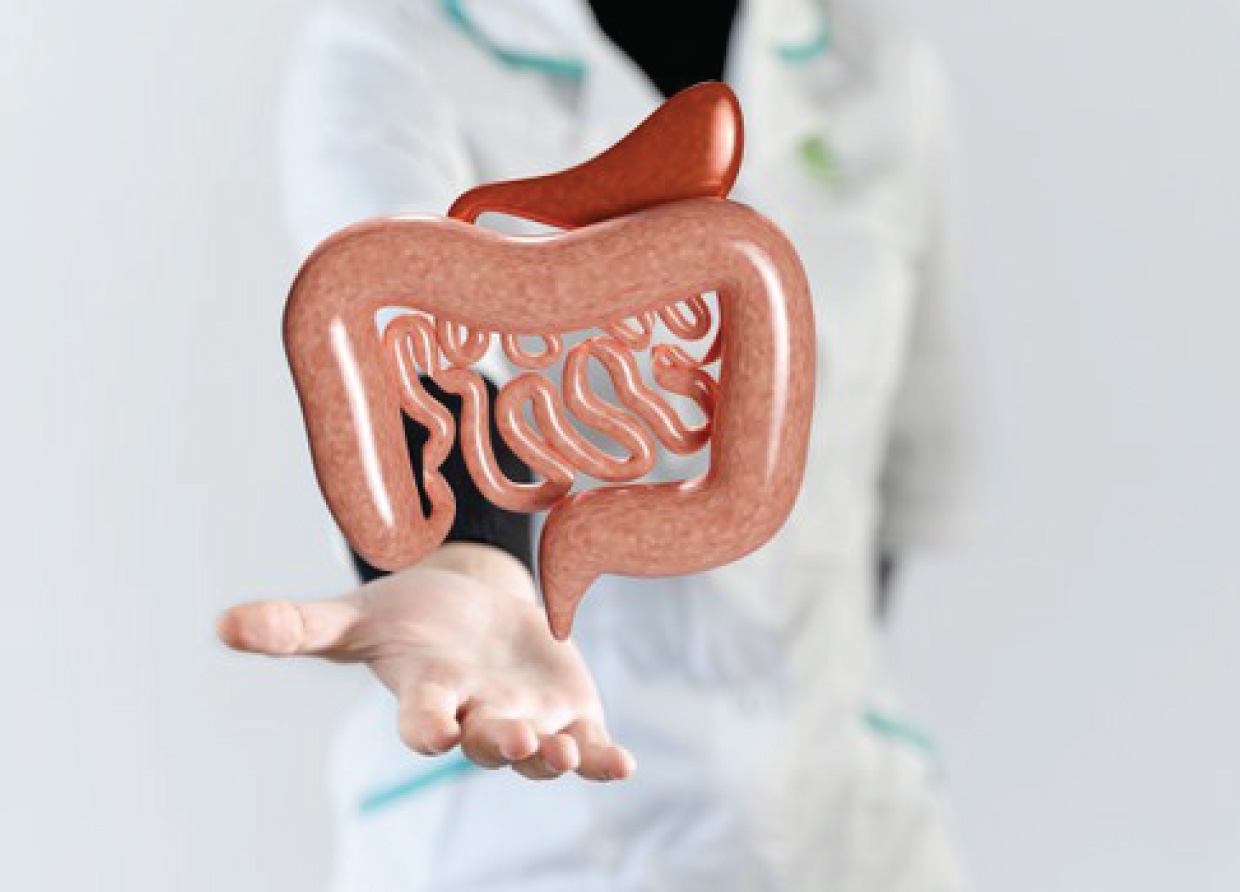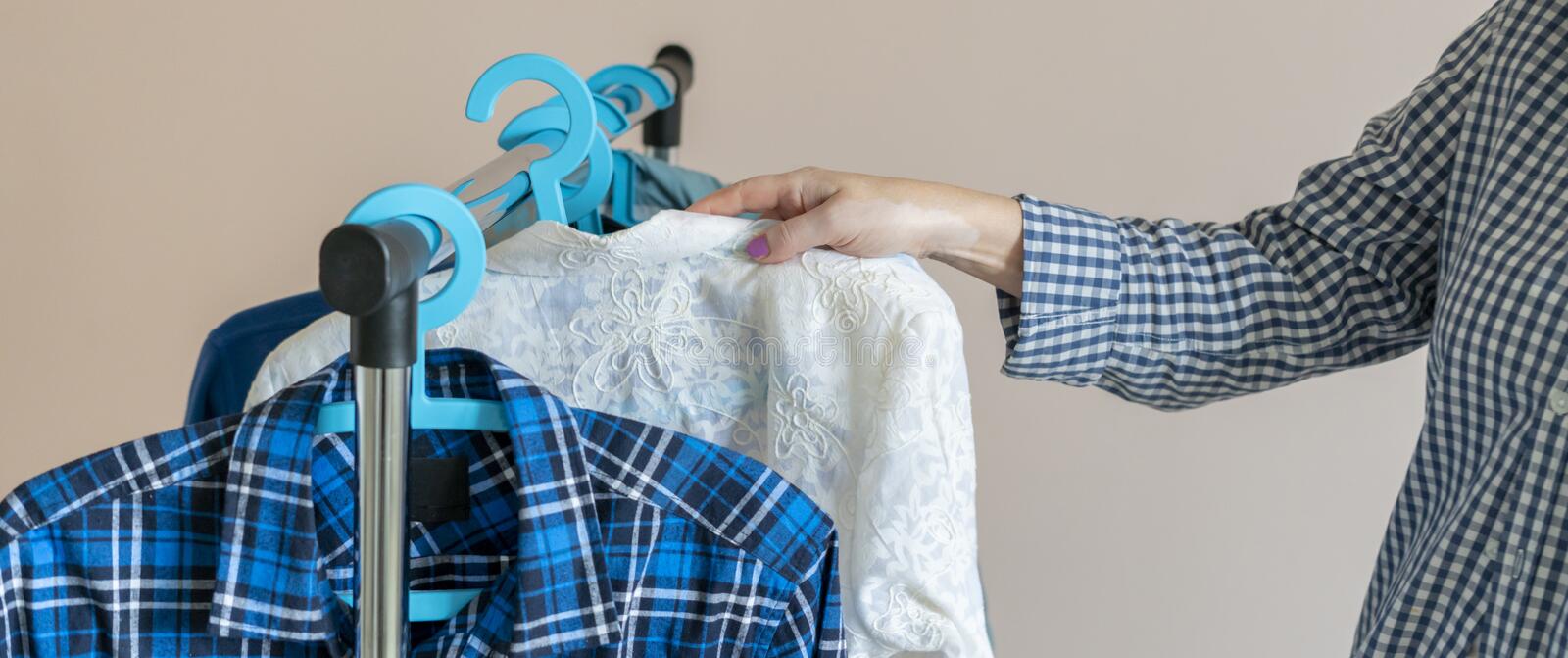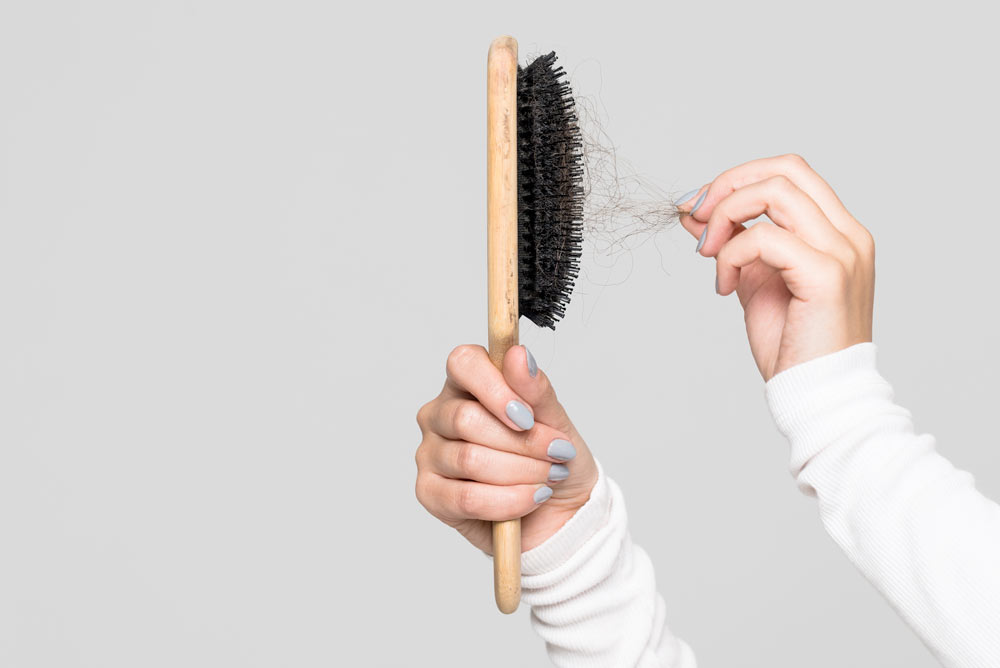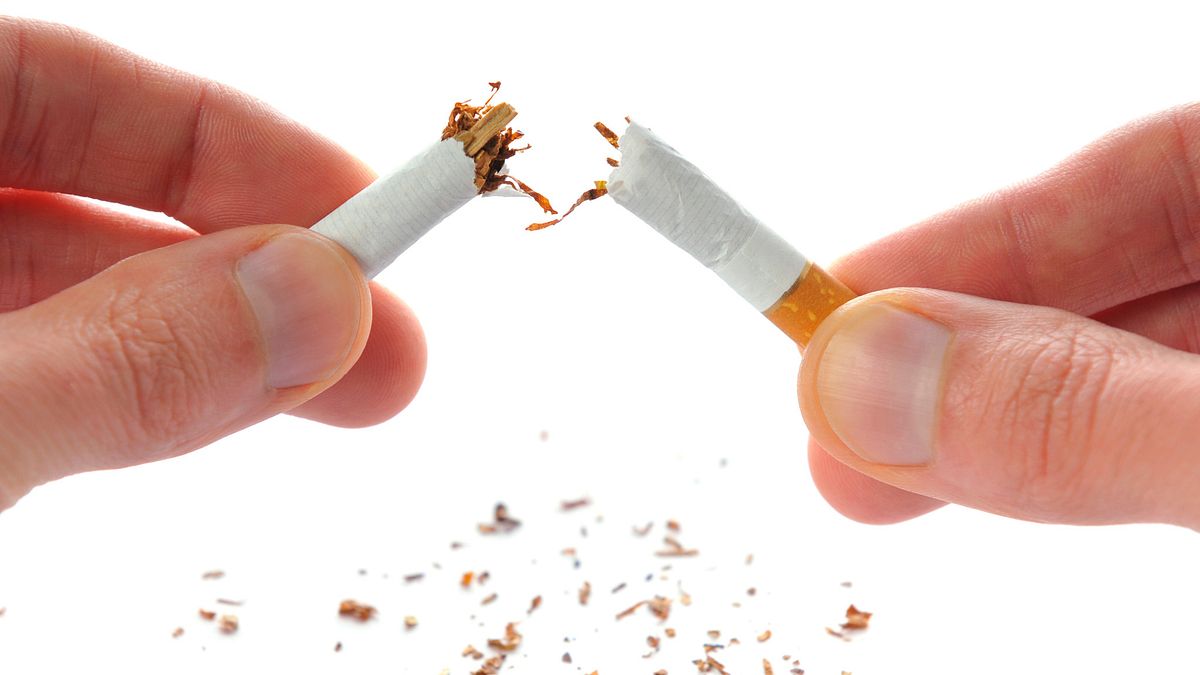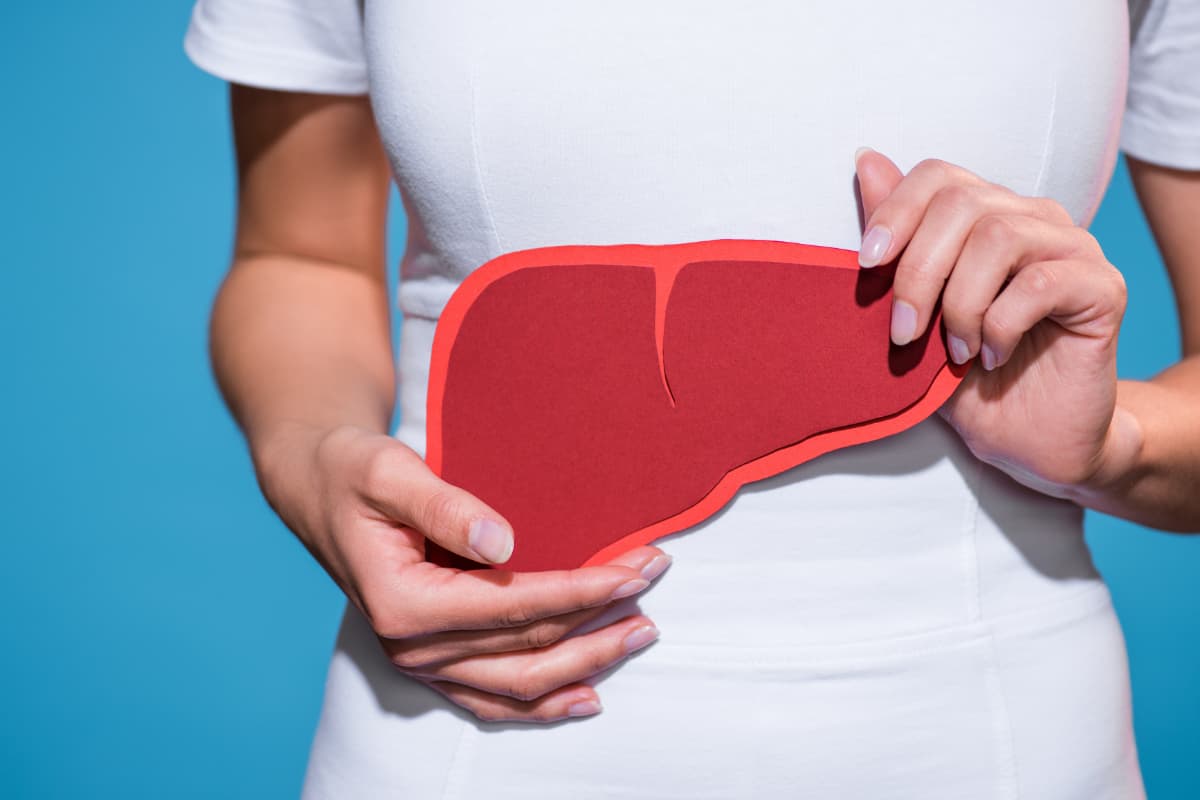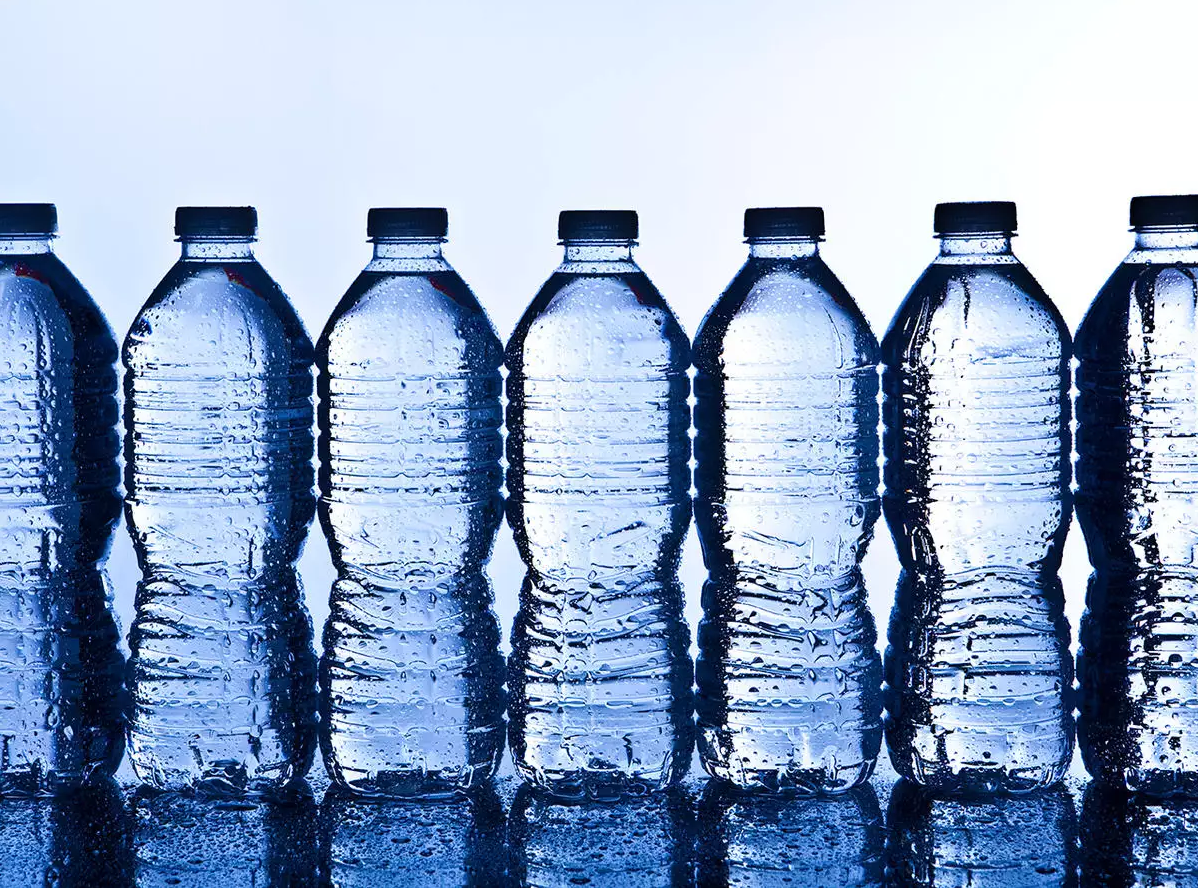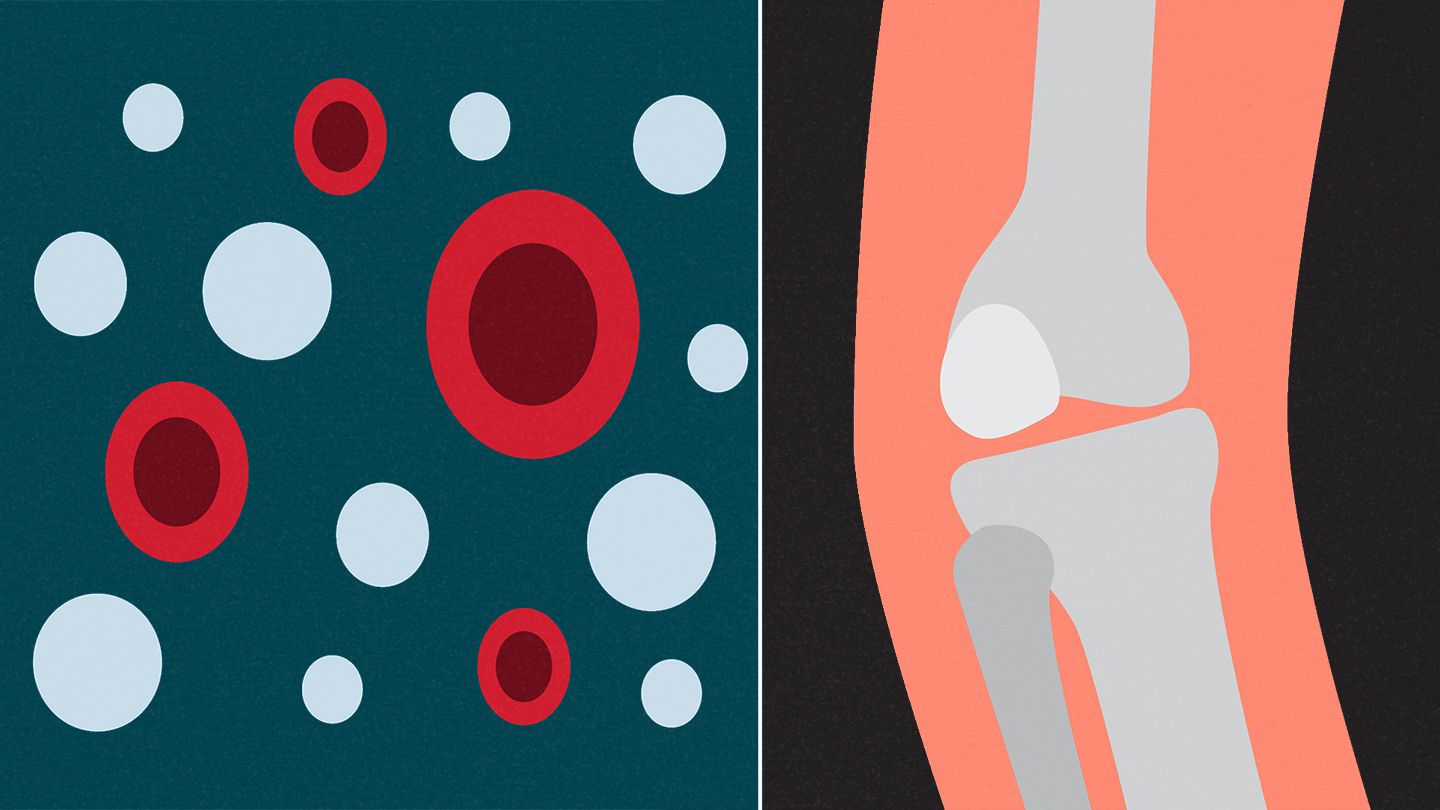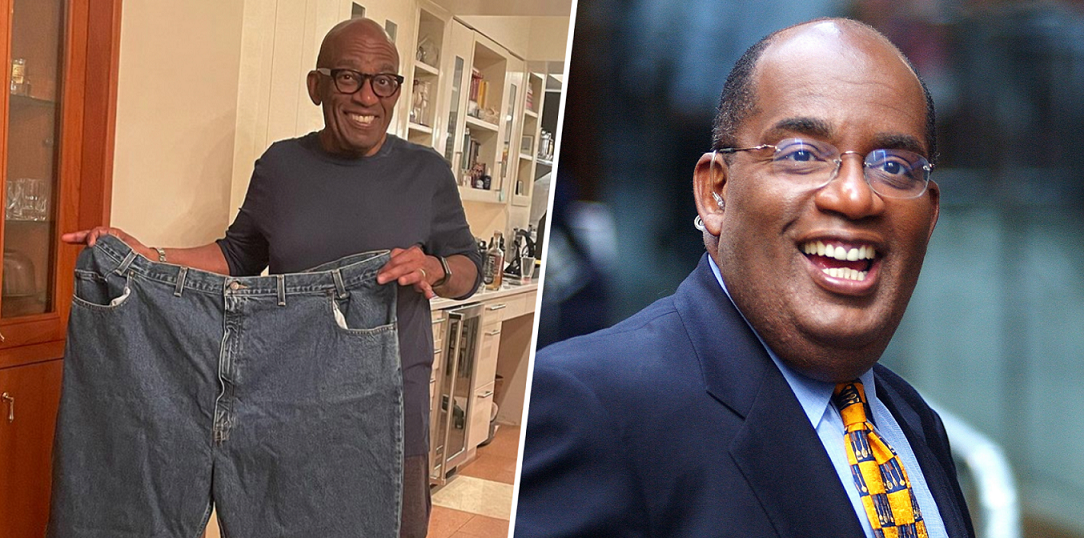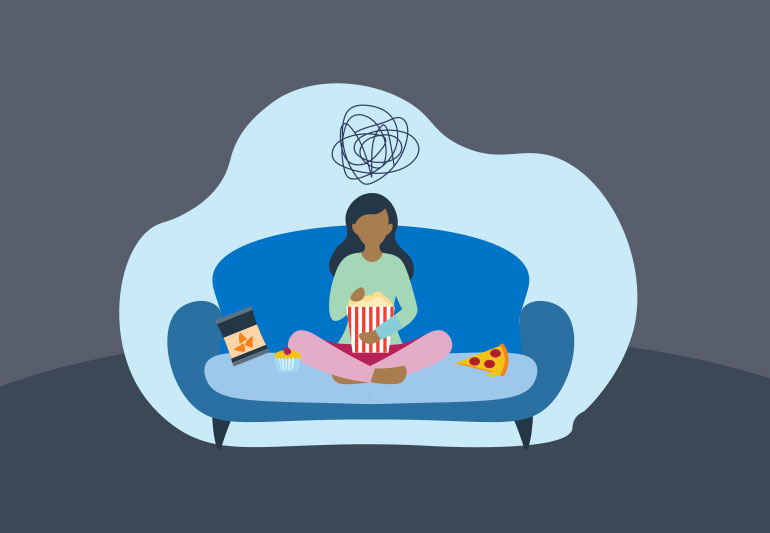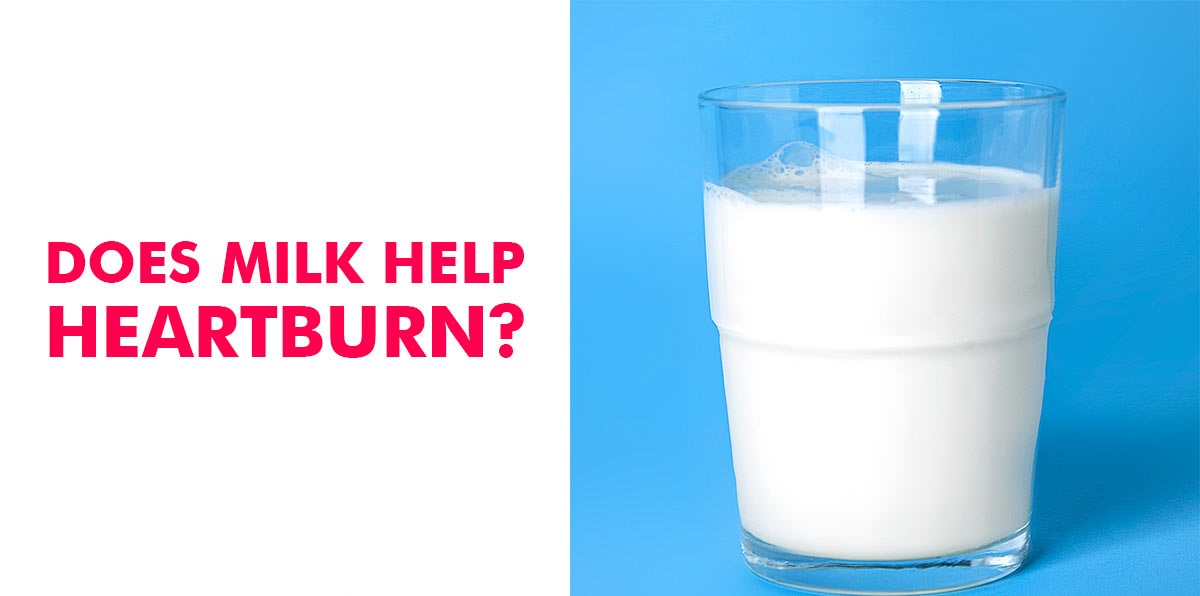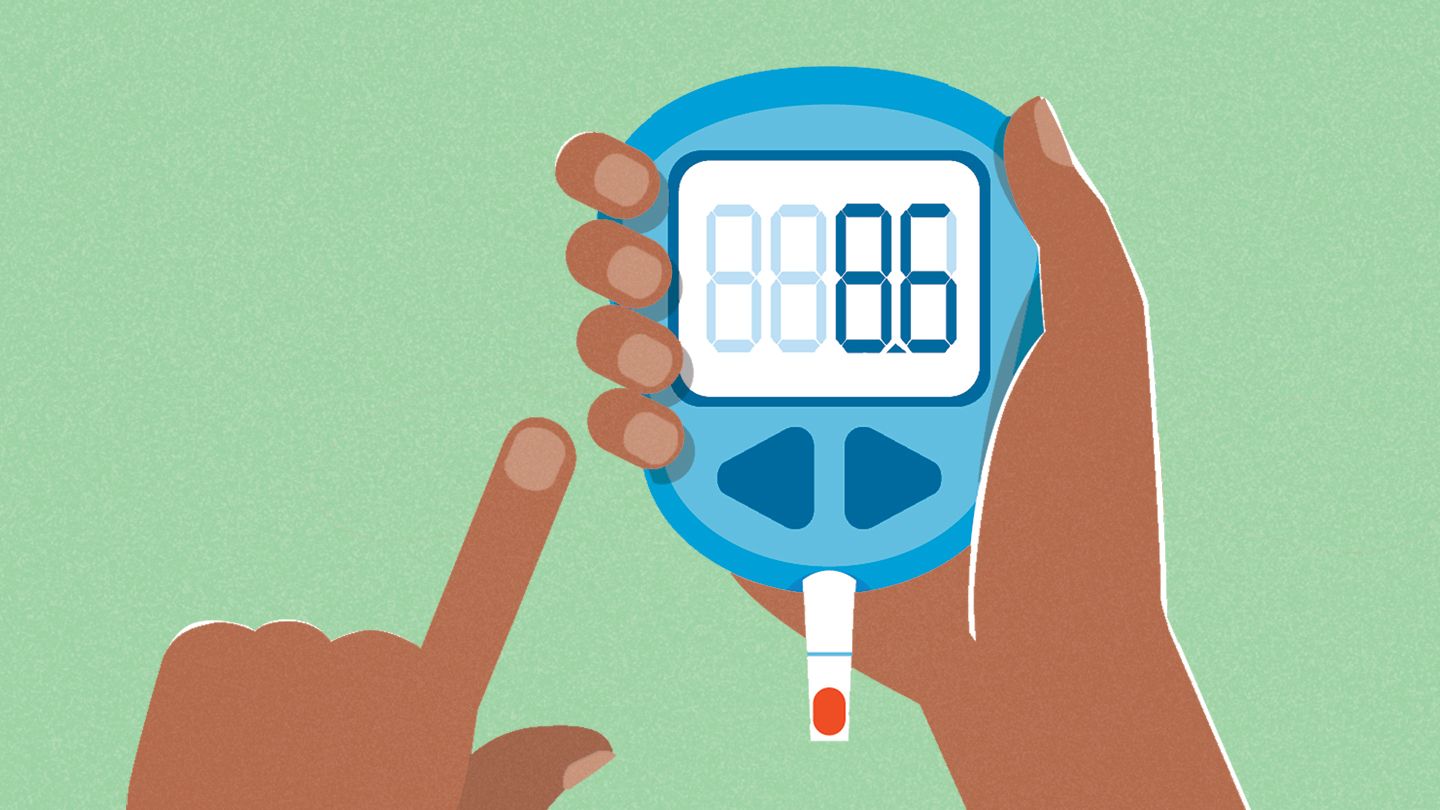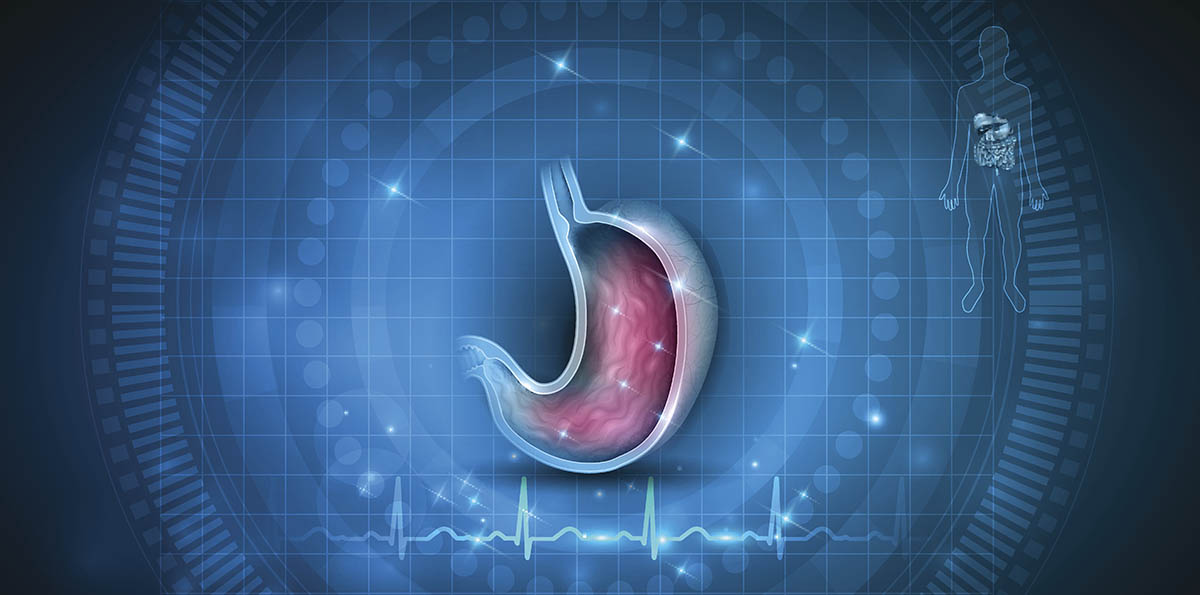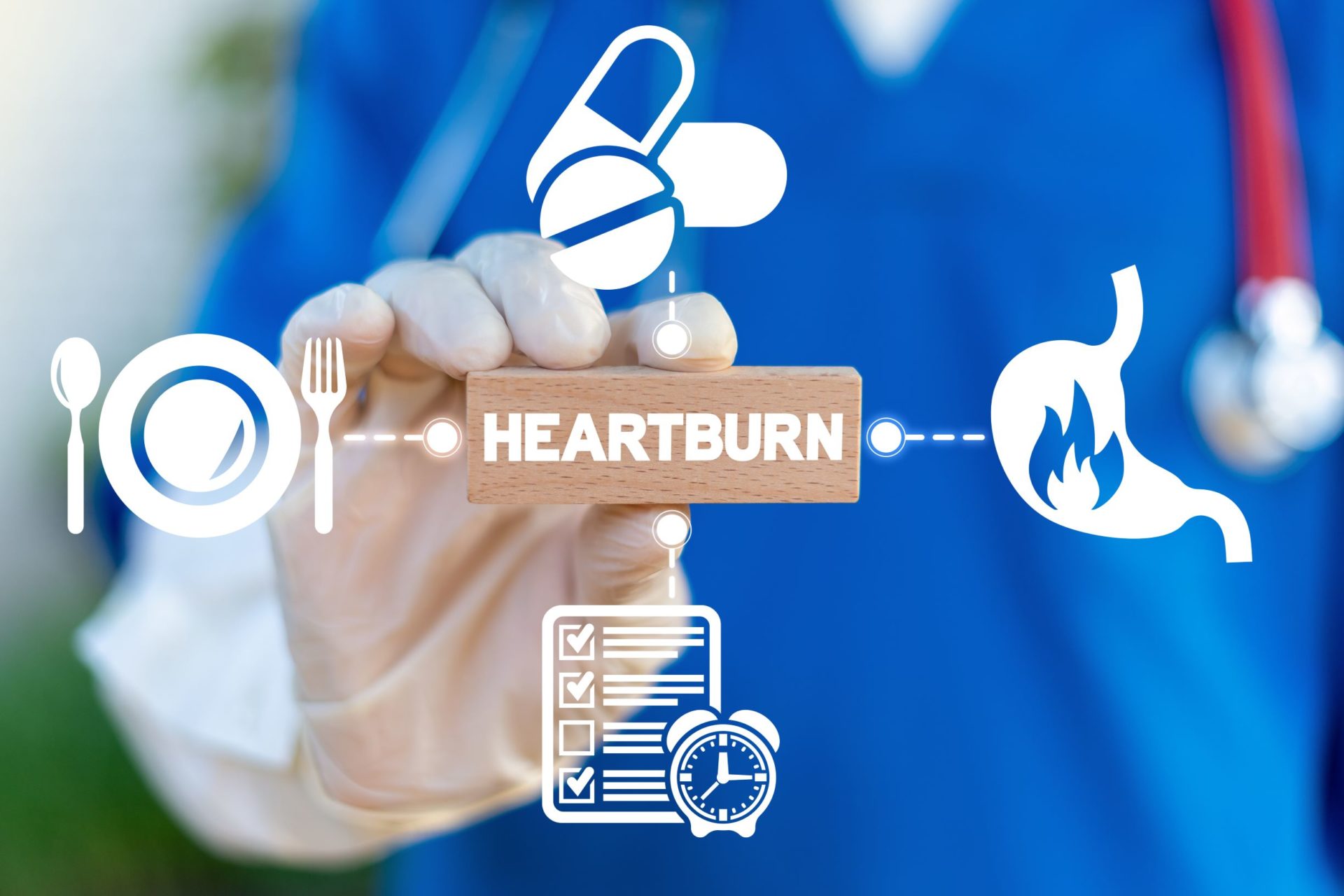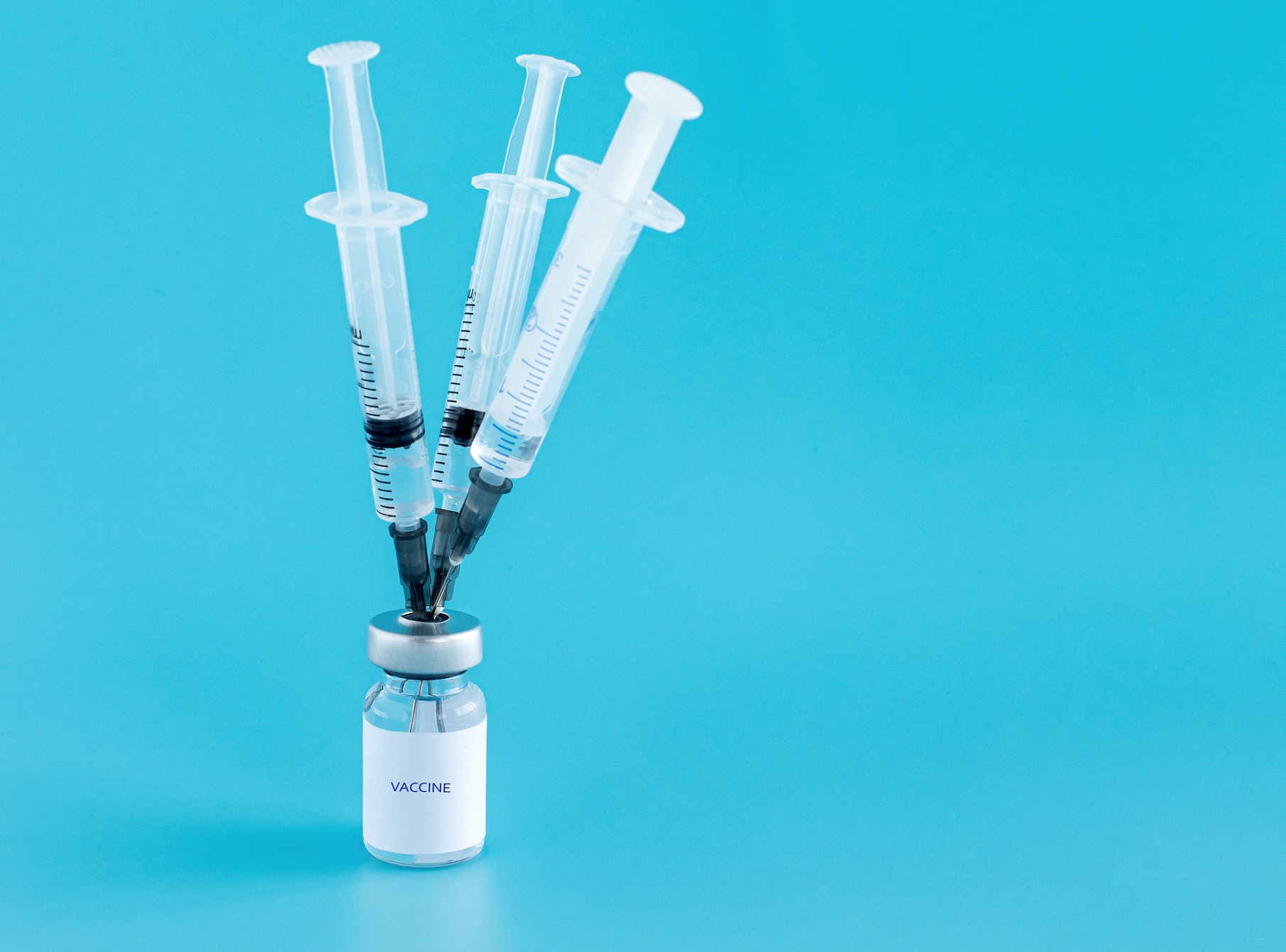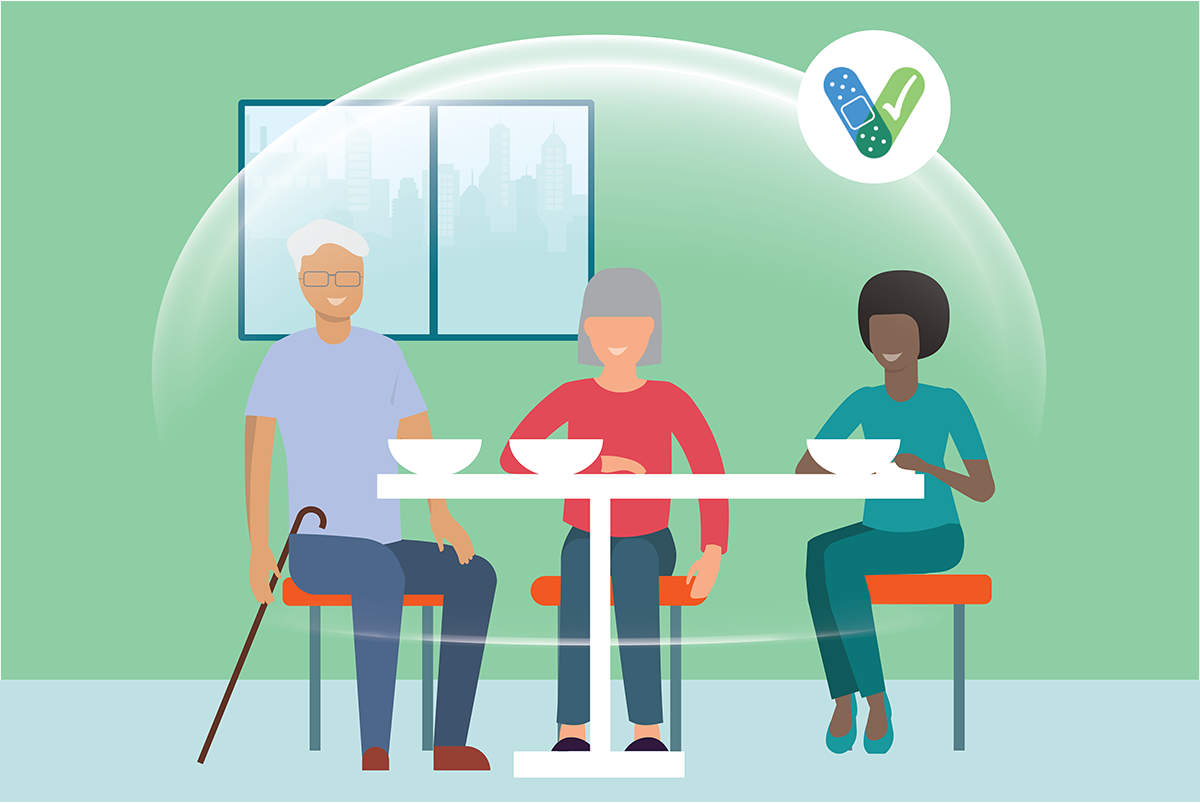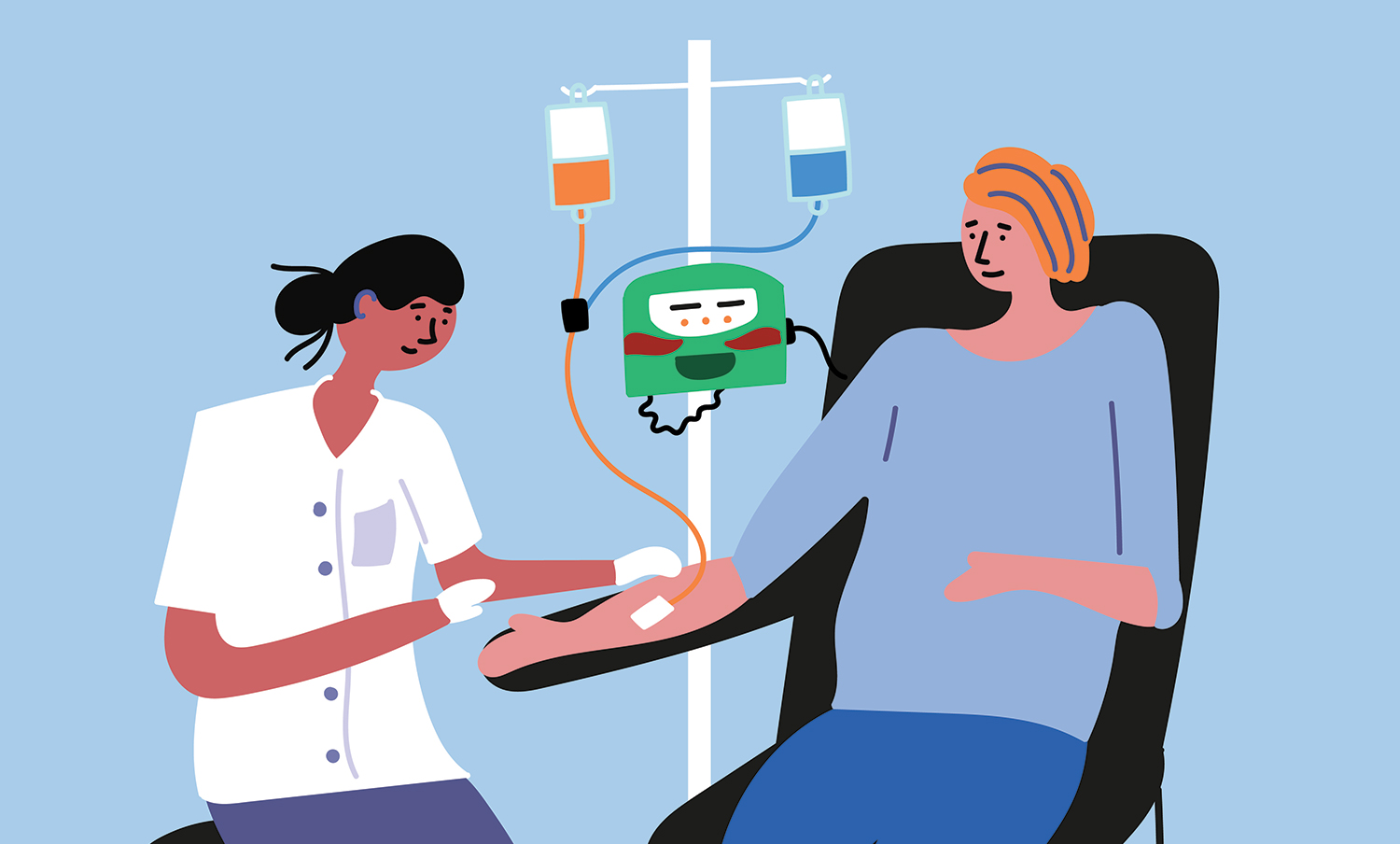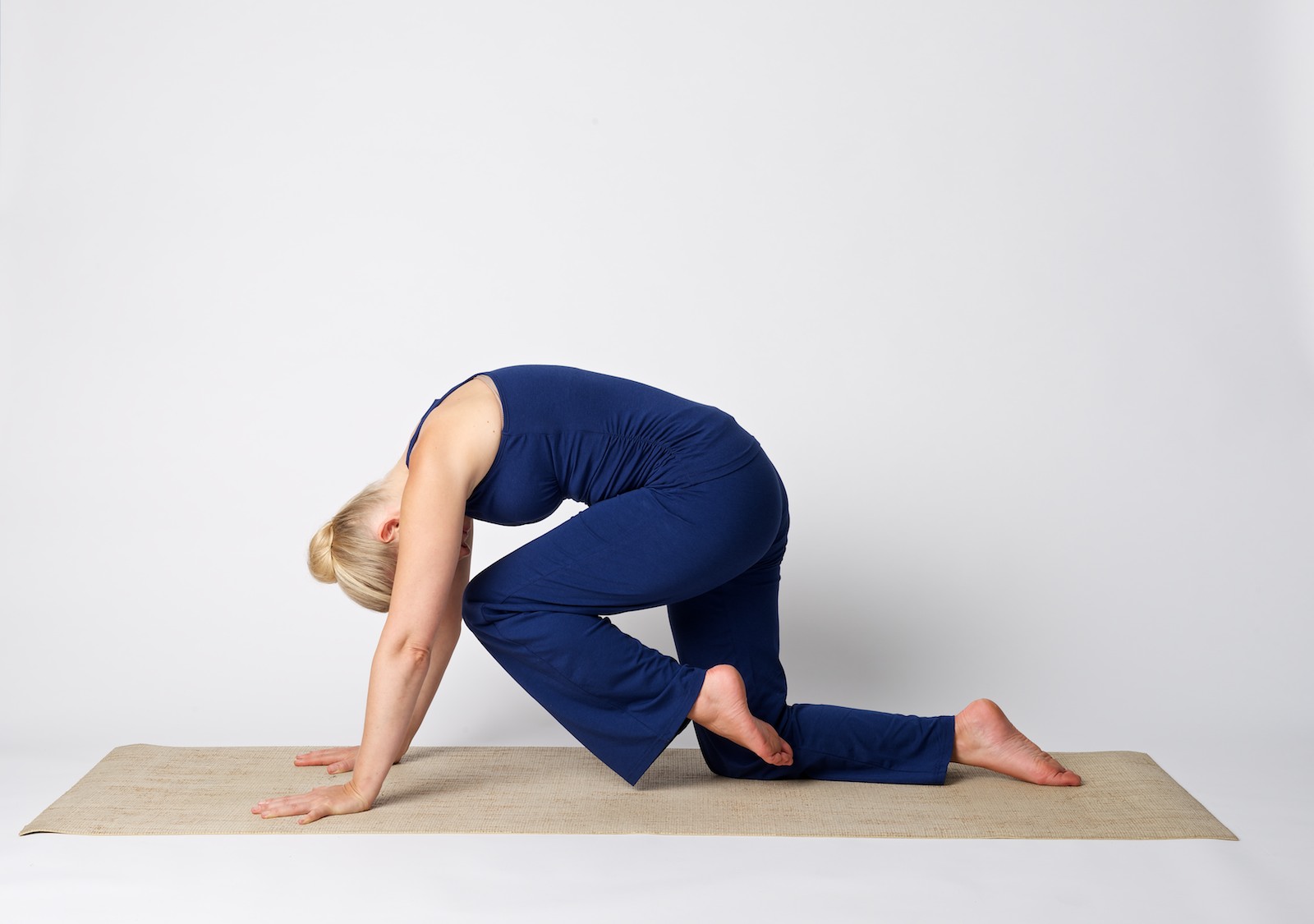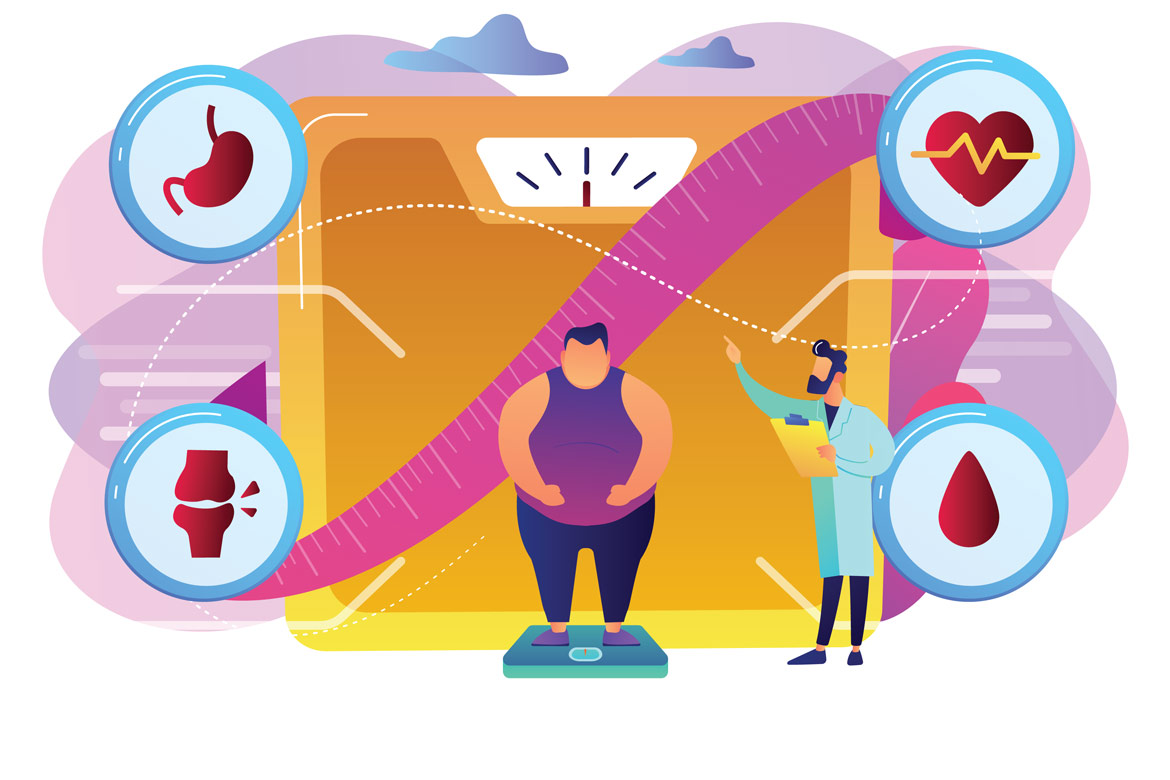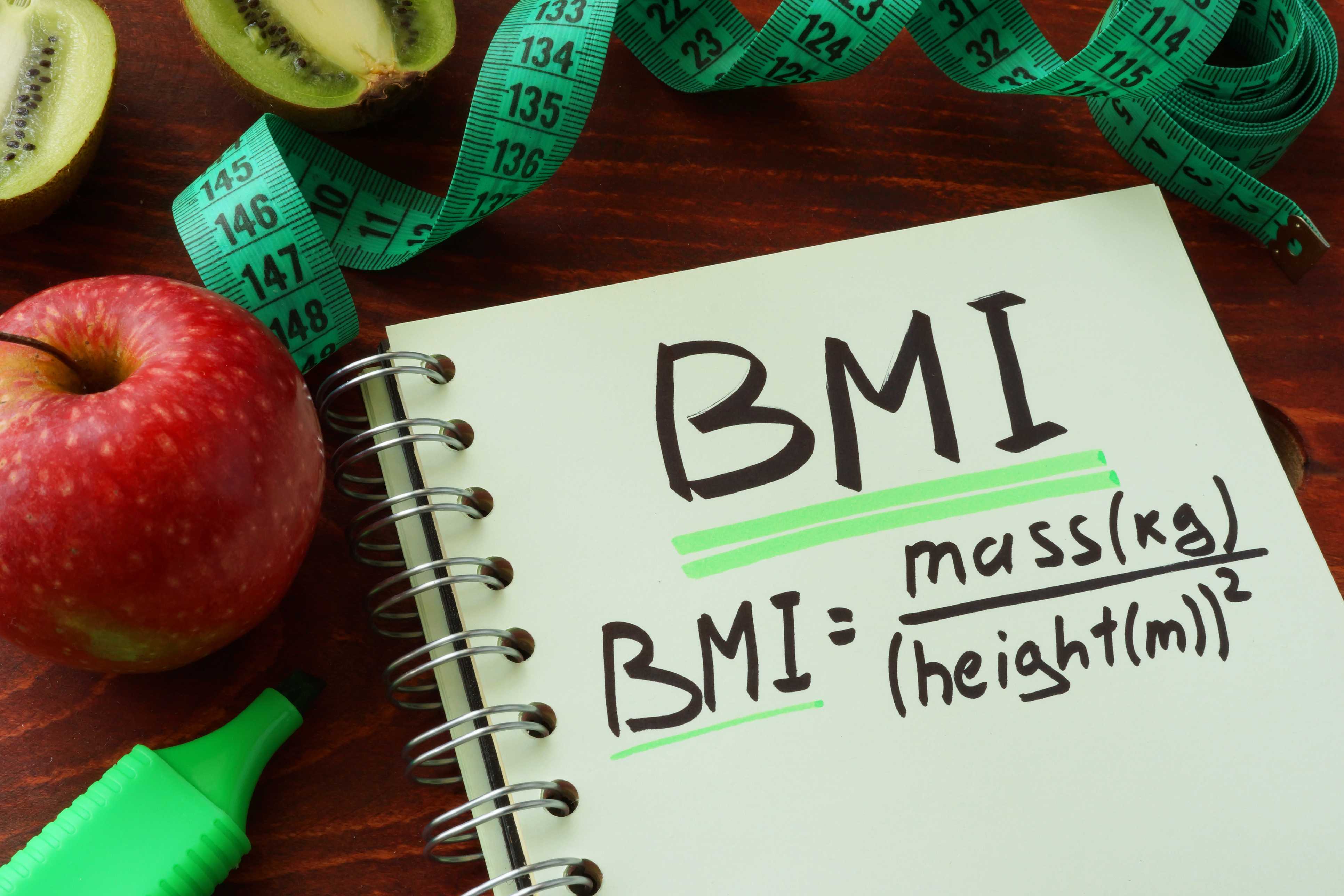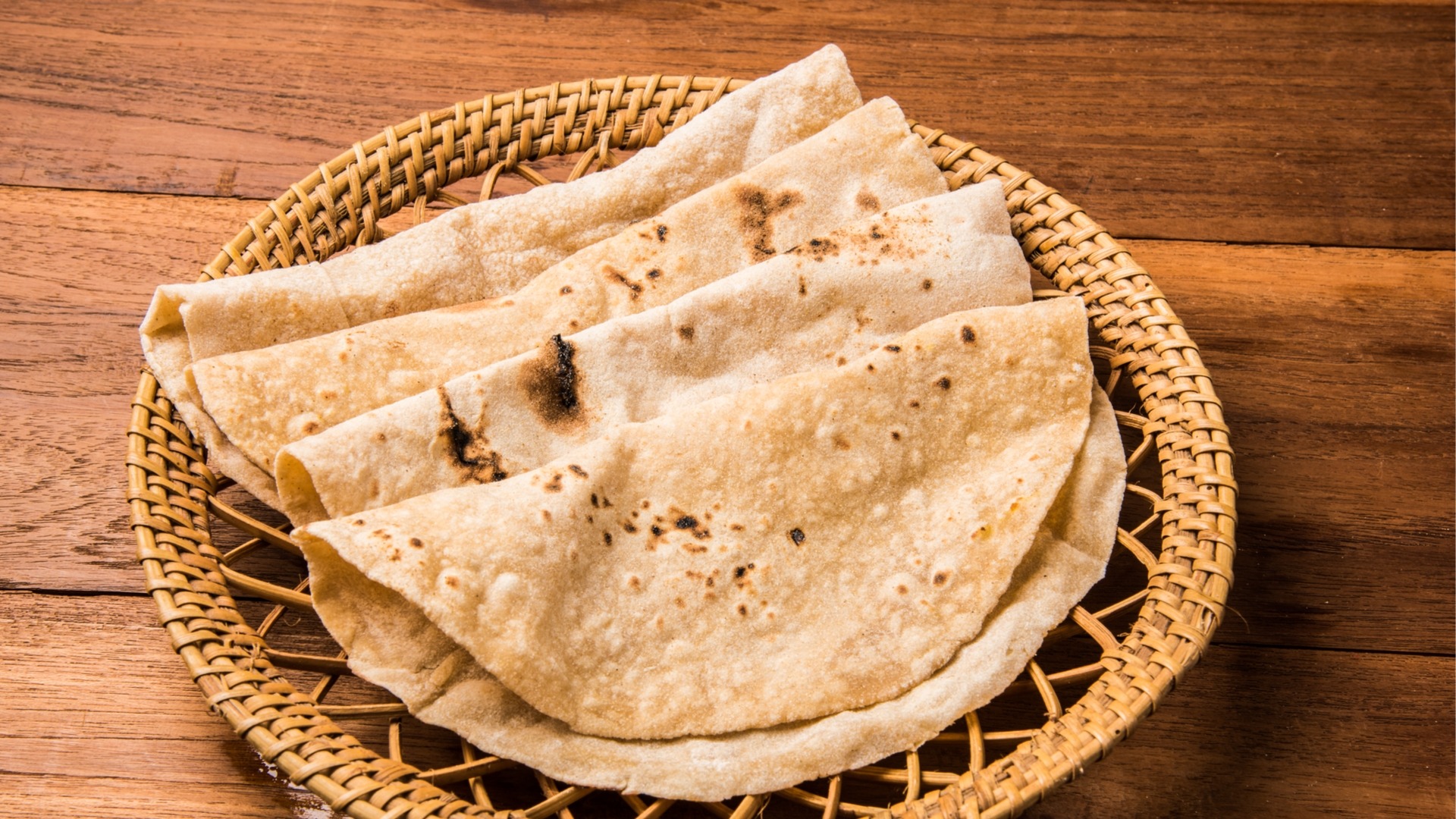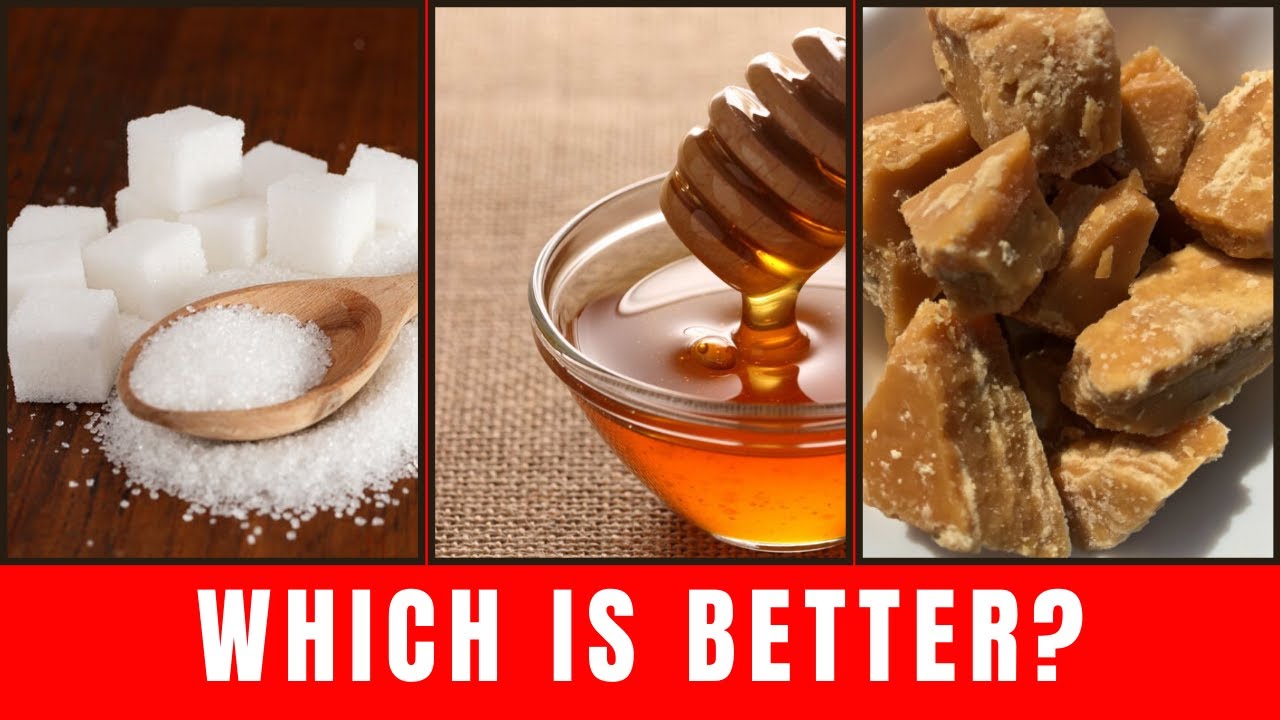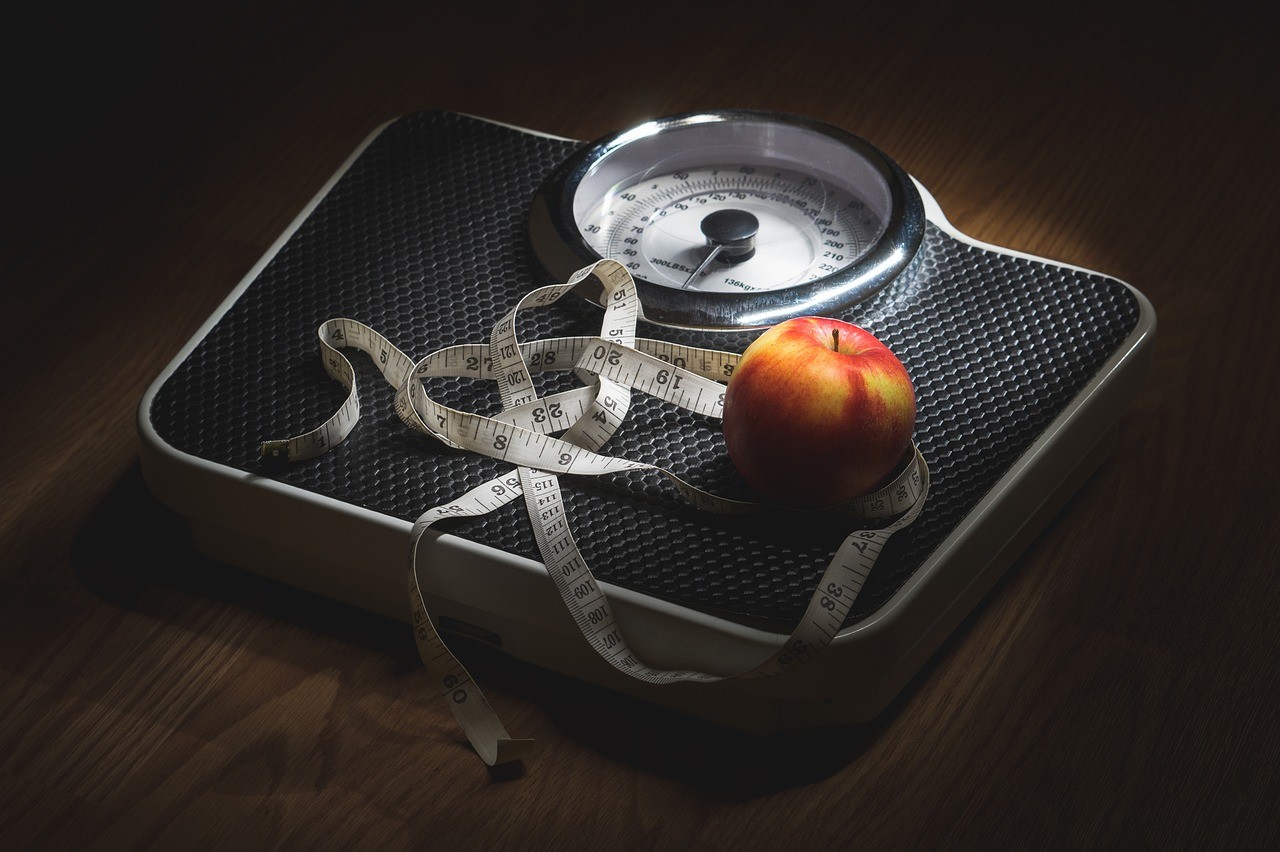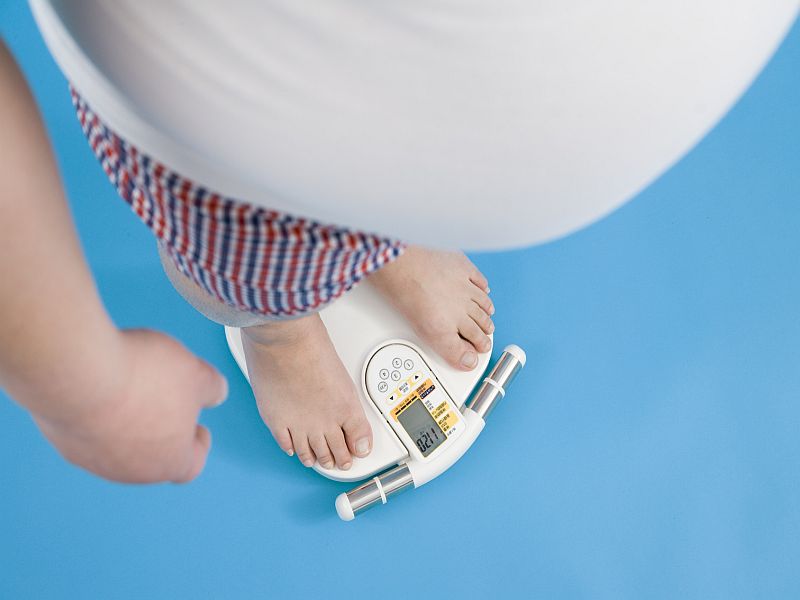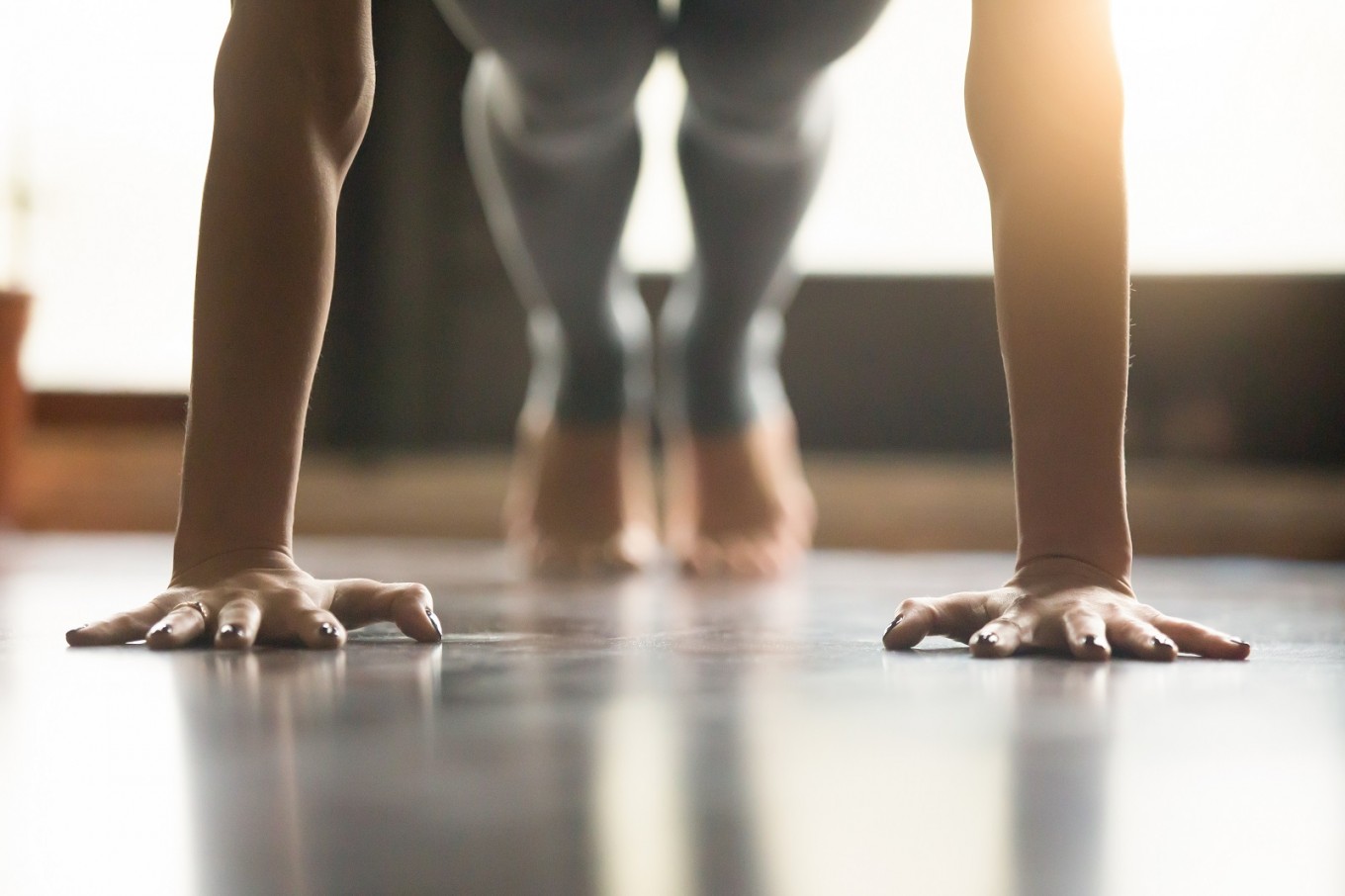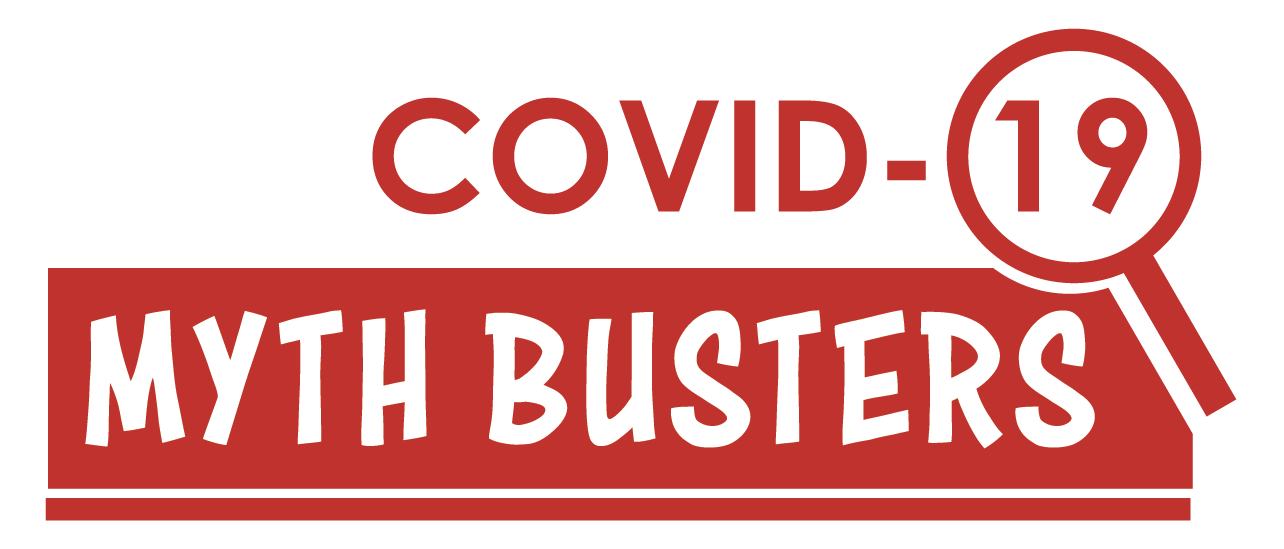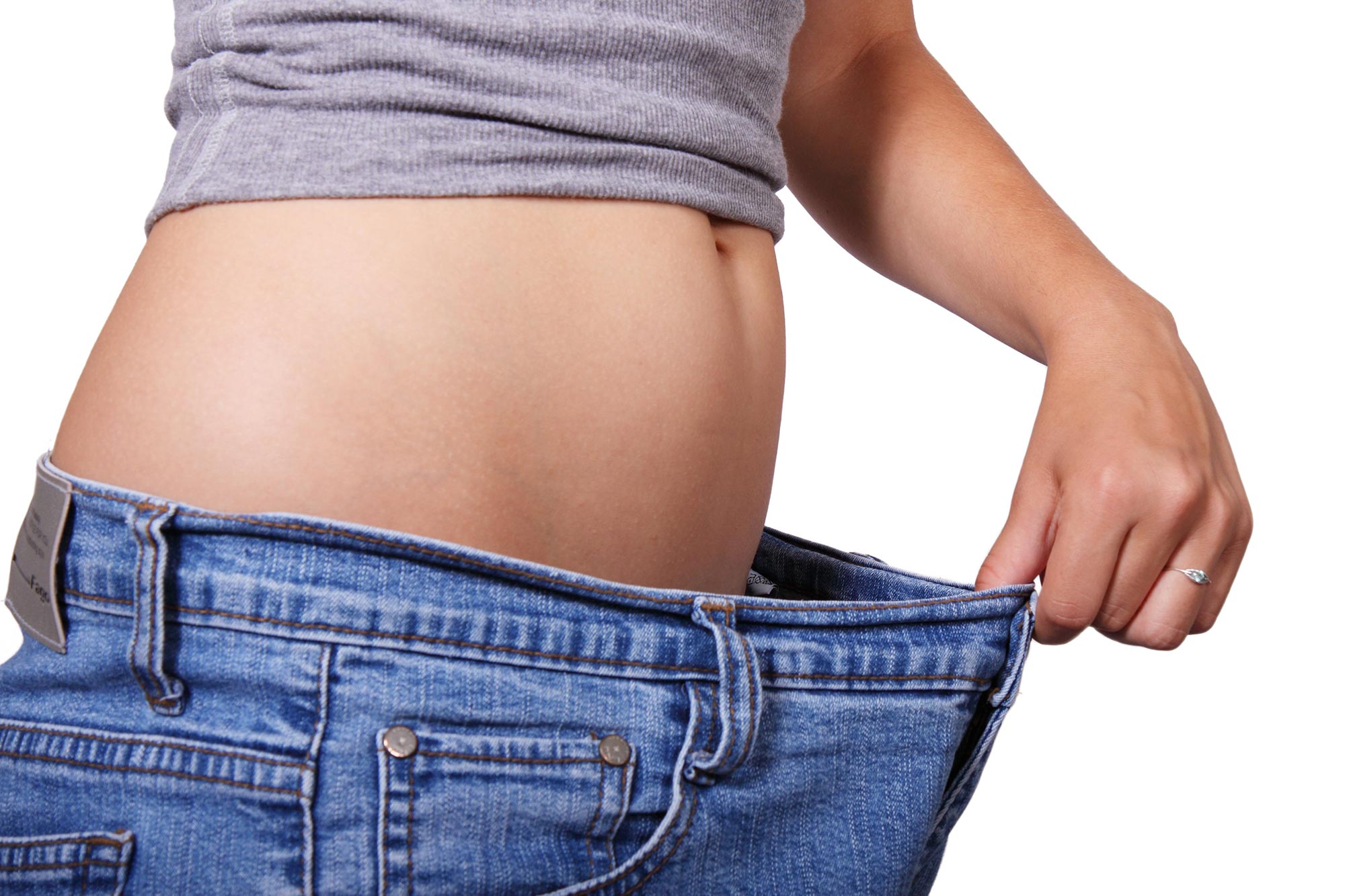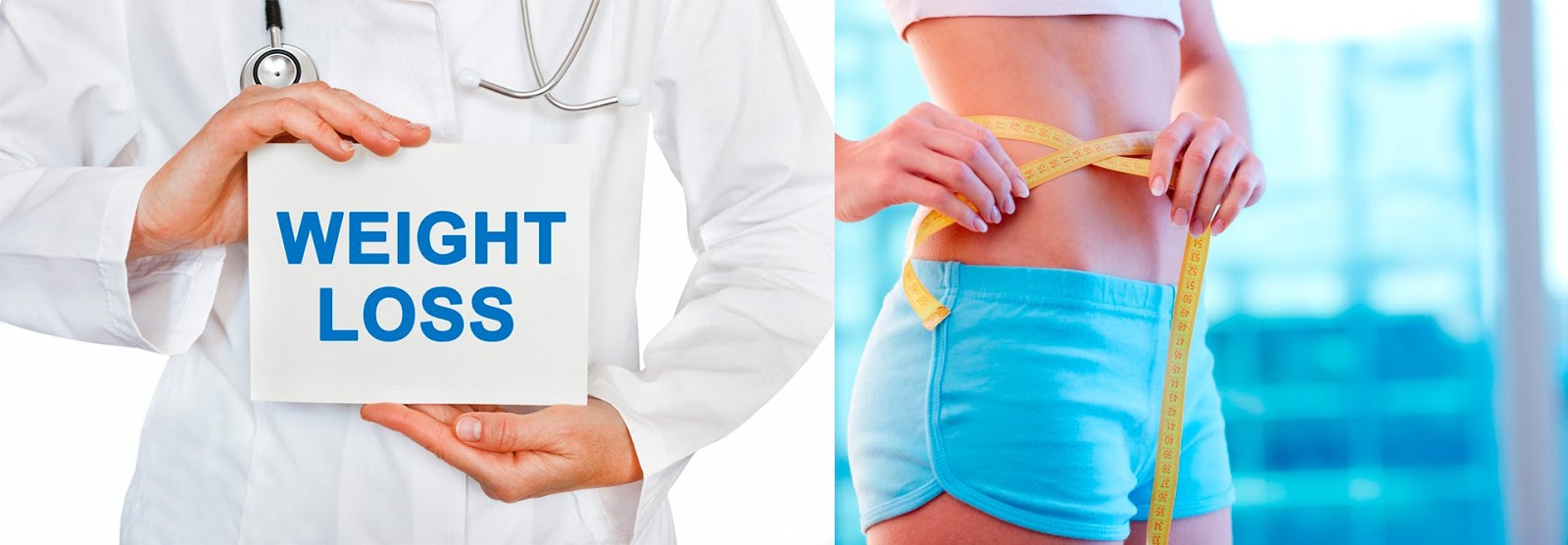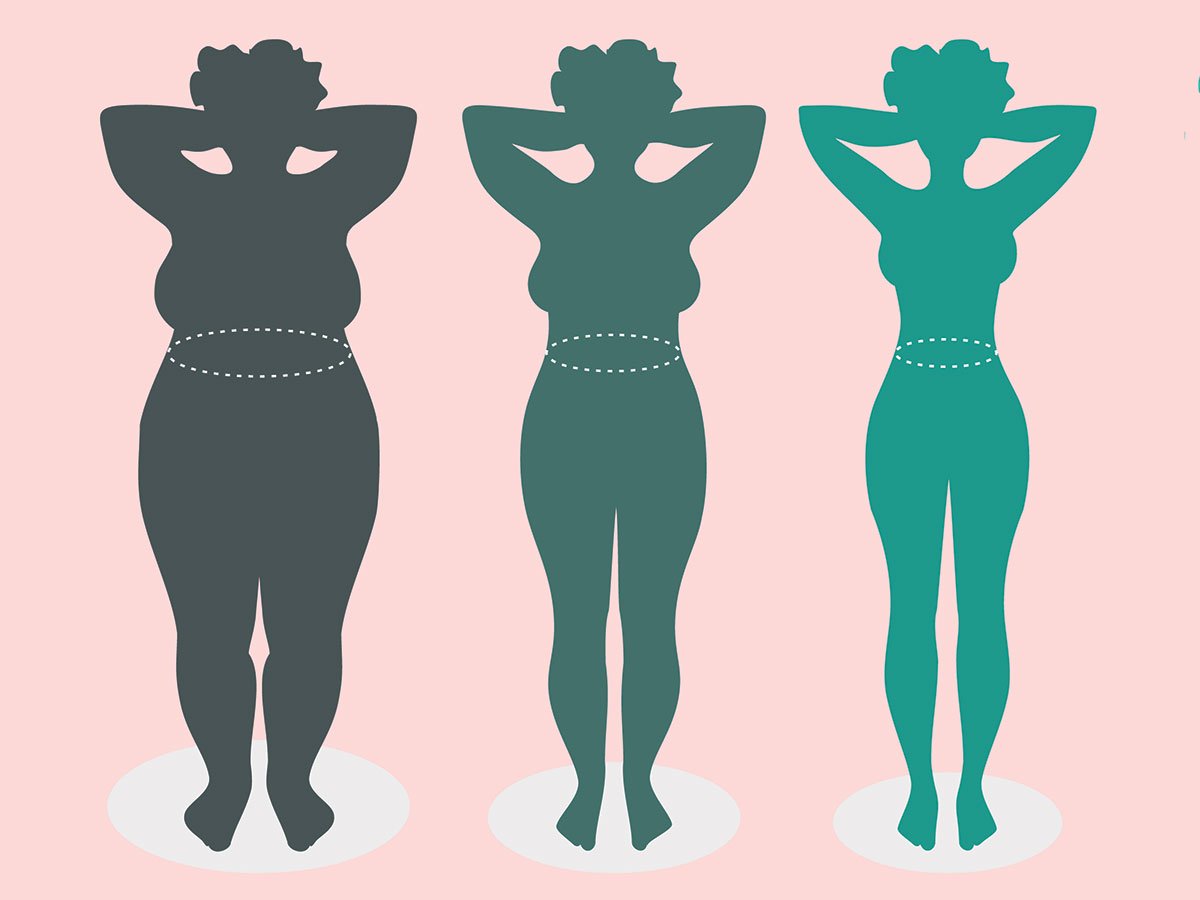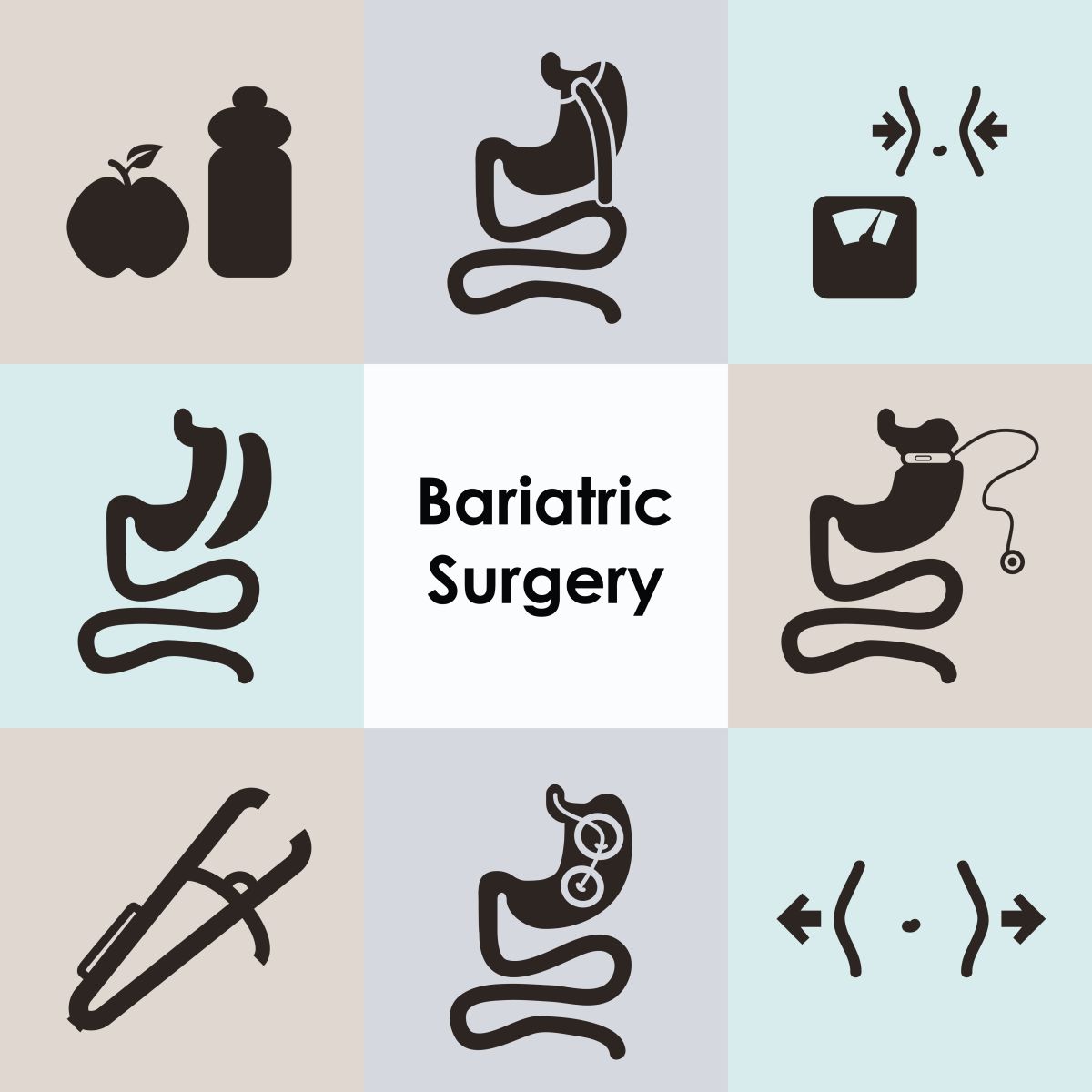Weight loss, Cryotherapy
What is Cryotherapy & does it really help you lose weight?
Cryotherapy is famous for treating several painful and chronic conditions. But recently it is also being considered as an effective weight loss treatment method. But does it really work?
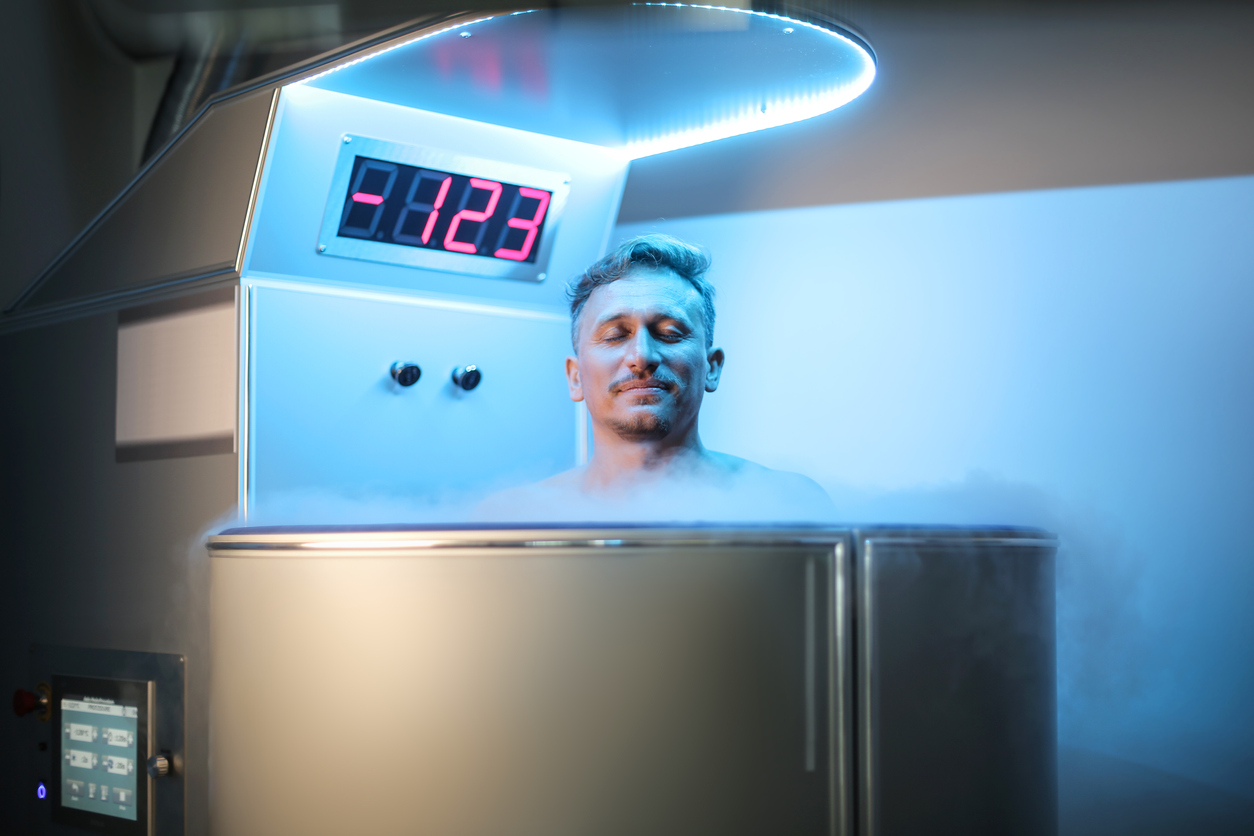
What is Cryotherapy?
Cryotherapy is done by exposing your body to extreme cold for medical benefits.
The popular whole-body cryotherapy method has you stand in a chamber that covers all parts of your body except your head. The air in the chamber goes down to temperatures as low as negative 200°F to 300°F for up to 5 minutes.
Cryotherapy has become popular because of its ability to treat painful and chronic conditions like migraine and rheumatoid arthritis. And it’s also been thought to be a possible weight loss treatment.
Cryotherapy Benefits
The treatment is commonly used by athletes who use cryotherapy after games to reduce inflammation or after practice to recover faster. Many actors and celebrities also speak highly of cryotherapy treatment for better sleep and to boost energy levels after arduous hours of filming or to recover from travelling. The cryotherapy craze became a wellness movement several years ago and shows little signs of waning, due to the enthusiasm of celebrities, supermodels, and athletes who tout the experience on their social feeds. It's one reason why spas have turned into specialty cryotherapy centres and invested in high-tech tanks.
While studies show that for certain benefits such as muscle recovery and to fight inflammation, cryotherapy or cold treatments, even simple ice baths or cold packs, do actually work, there is still no scientific proof for whether it is equally effective for weight loss.
Cryotherapy for muscle recovery is popular among athletes or anyone with muscle injuries that use the remedy as an anti-inflammatory treatment. In the lab, cryotherapy has been shown to work on muscle injuries, on rats immersed into three cryotherapy sessions, 30-minutes each every two hours for a study.
Within the first 48 hours of this experiment, signs of decreased inflammation were observed in cellular infiltration. The study concluded: Cryotherapy has a beneficial effect on the inflammatory process, without affecting the regeneration process after tibialis anterior injury.
Cryotherapy for better sleep: A pain-free body and better sleep go hand and hand which is why athletes prefer cryotherapy as a natural treatment to help promote better, quality sleep.
In a study, a total of 22 physically active men used a whole-body cryotherapy treatment for 3 minutes after training in the evening. Results found that this specific treatment improves subjective and objective sleep quality, which "may be due to greater pain relief and improved parasympathetic nervous activity during the slow-wave sleep period," according to researchers.
Purported benefits of cryotherapy for weight loss
The theory behind cryotherapy is that it freezes fat cells throughout the body and kills them off. This causes them to be filtered out of the body by your liver and permanently removed from areas of fat tissue.
A 2013 study in the Journal of Clinical Investigation found that daily exposure to cold temperatures (62.5°F or 17°C) for 2 hours a day over 6 weeks reduced total body fat by about 2 percent.
This is because a substance in your body called brown adipose tissue (BAT) burns fat to help make energy when your body is exposed to extreme cold.
This suggests that the body may have mechanisms for reducing fat due to cold temperatures.
A 2014 study in Diabetes exposed participants to increasingly cold temperatures and then increasingly warmer temperatures every night for 4 months. The study started at 75°F (23.9°C) down to 66.2°F (19°C) and back up to 81°F (27.2°C) by the end of the 4-month period.
The researchers found that exposure to progressively cooler then warmer temperature can make your BAT more responsive to these temperature changes and help your body become better at processing glucose.
This isn’t necessarily linked to weight loss. But increased sugar metabolism can help you lose weight over time by helping your body better digest sugars that can otherwise turn into body fat.
Other research also supports the idea that cryotherapy works best when it’s combined with other strategies for weight loss- like exercise.
A 2014 study in Oxidative Medicine and Cellular Longevity followed 16 kayakers on the Polish National Team who did whole-body cryotherapy at −184°F (−120°C) down to −229°F (−145°C) for about 3 minutes a day for 10 days.
Researchers found that cryotherapy helped the body recover more quickly from exercise and reduce the effects of reactive oxygen species (ROS) that can cause inflammation and weight gain over time.
This means that cryotherapy can allow you to exercise more often due to a faster recovery time and experience fewer negative effects of stress and weight gain.
And here are some other recent highlights from research on cryotherapy for weight loss:
- A 2016 study in the British Journal of Sports Medicine found that 3 minutes of exposure to temperatures of −166°F (−110°C) 10 times in a 5-day period had no statistically significant effect on weight loss in men.
- A 2018 study in the Journal of Obesity found that long-term cryotherapy activates a process in the body called cold-induced thermogenesis. This led to an overall loss of body mass particularly around the waist by an average of 3 percent.
Cryotherapy side effects
Cryotherapy has been found to have some side effects that you may want to consider before you attempt to try it for weight loss.
Nerve side effects
Extreme cold on the skin can lead to a number of nerve-related side effects, including:
- Numbness
- Tingling sensation
- Redness
- Skin irritation
These are typically temporary, lasting only a few hours after the procedure. See a doctor if they haven’t gone away after more than 24 hours.
Long-term use
Don’t do cryotherapy longer than recommended by a doctor, as long-term cold exposure can cause permanent nerve damage or the death of skin tissue (necrosis).
Whole-body cryotherapy done at below-freezing temperatures should never be done for more than 5 minutes at a time, and should be supervised by a trained provider.
If you’re trying cryotherapy at home with an ice pack or a tub filled with ice, cover the ice pack with a towel to avoid freezer burns. And don’t do an ice bath for longer than 20 minutes.
Diabetes complications
Don’t do cryotherapy if you have diabetes or similar conditions that have damaged your nerves. You may not be able to feel the cold on your skin, which can lead to more nerve damage and tissue death.
Bottomline
Cryotherapy has been linked to some health benefits, but few of them are related to weight loss. The possible side effects of cryotherapy may outweigh the largely unproven benefits of weight loss. The pros of cryotherapy in relation to weight loss are not scientifically proven either.
Talk to a doctor before you decide to try cryotherapy. It can be expensive and time-consuming, and may not be worth it if changes to your diet and lifestyle will help you with weight loss more effectively.
Reference
- https://www.ncbi.nlm.nih.gov/pmc/articles/PMC4698758/
- https://pubmed.ncbi.nlm.nih.gov/30551730/
- https://www.jci.org/articles/view/68993
- https://pubmed.ncbi.nlm.nih.gov/24954193/
- https://www.hindawi.com/journals/omcl/2014/402631/
- https://bjsm.bmj.com/content/50/Suppl_1/A38
- https://bjsm.bmj.com/content/50/Suppl_1/A38
- https://www.hindawi.com/journals/jobe/2018/5789647/

